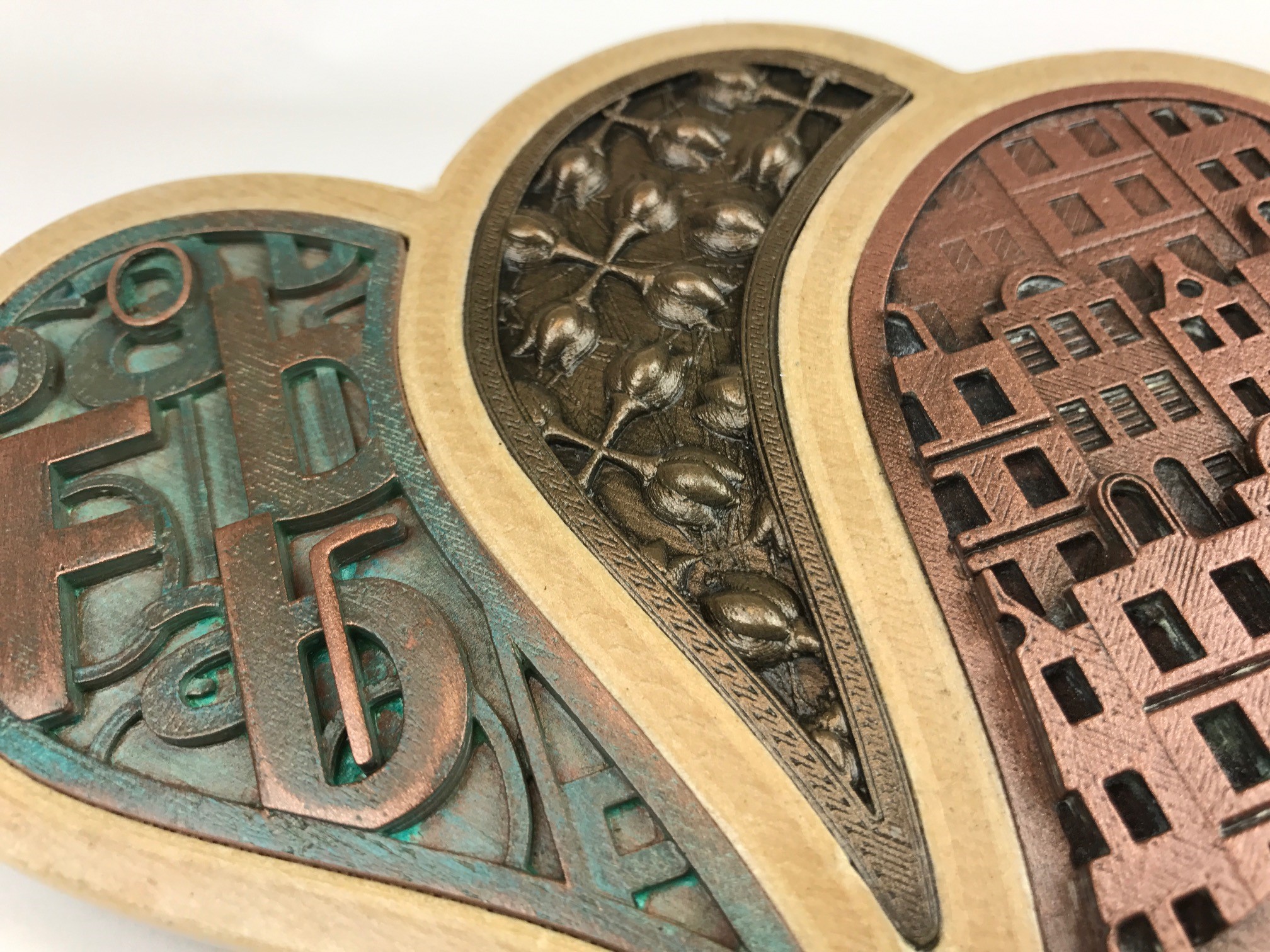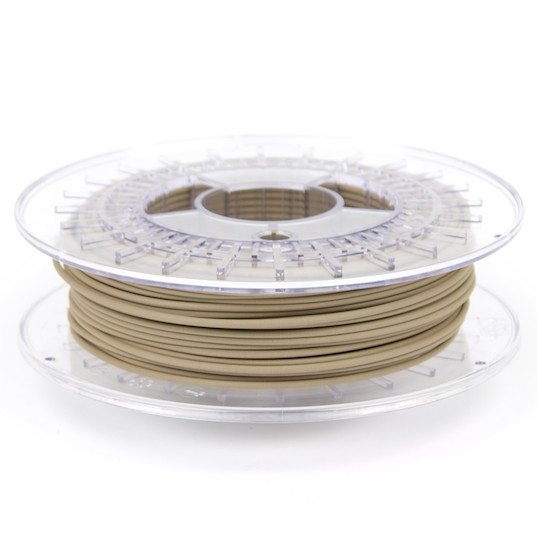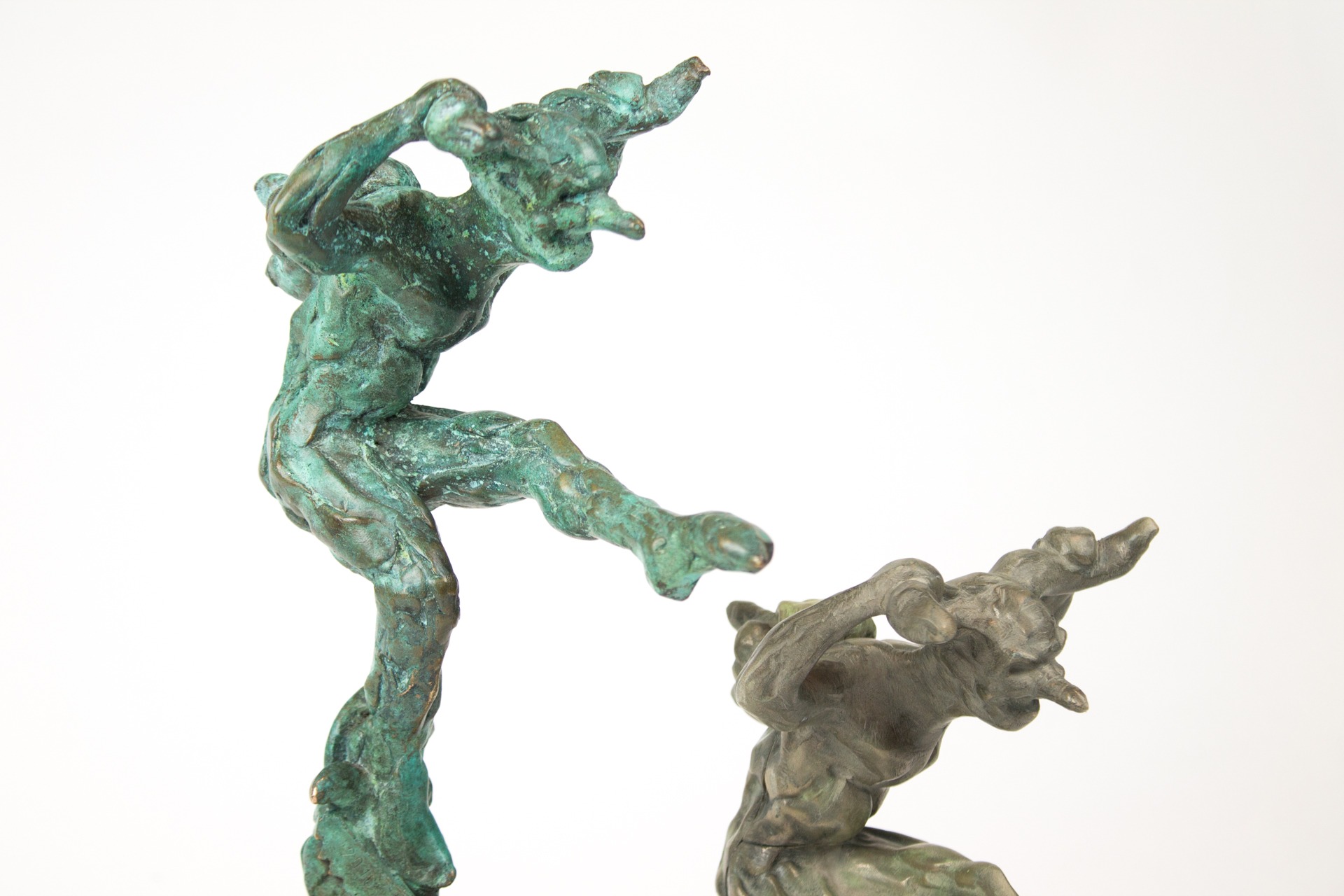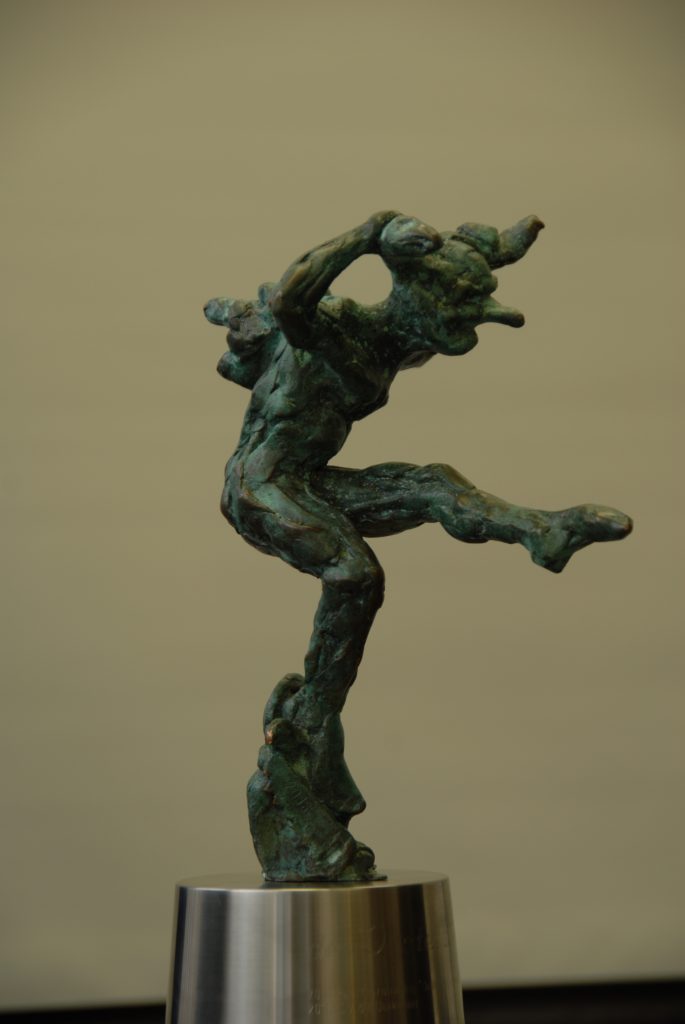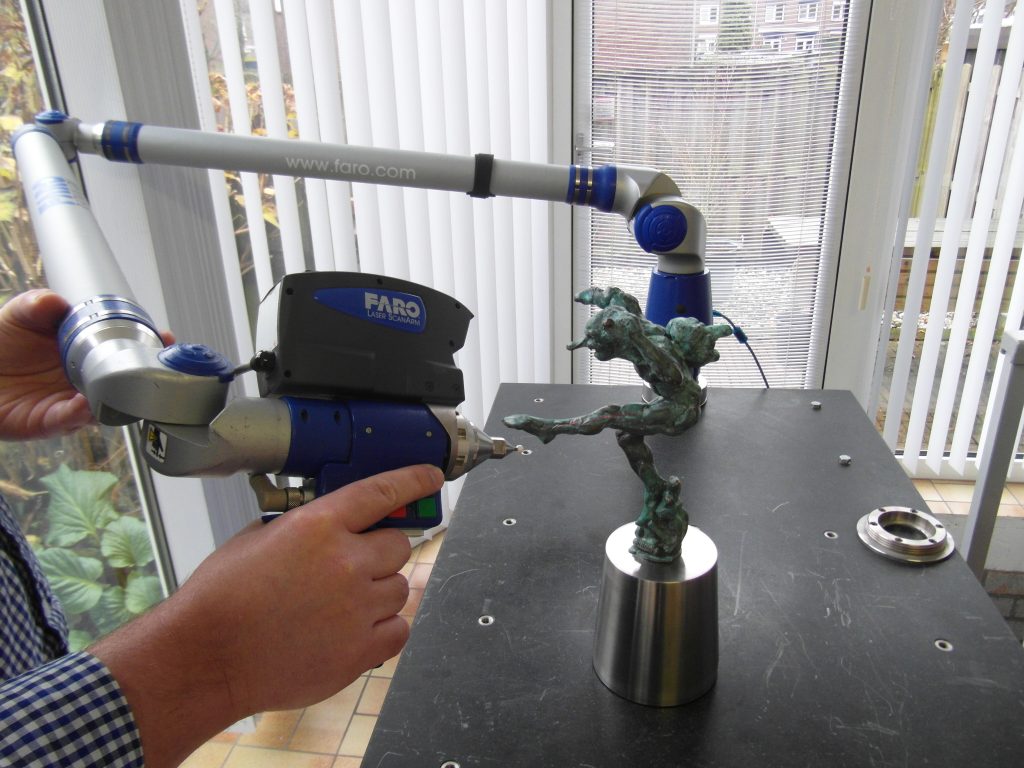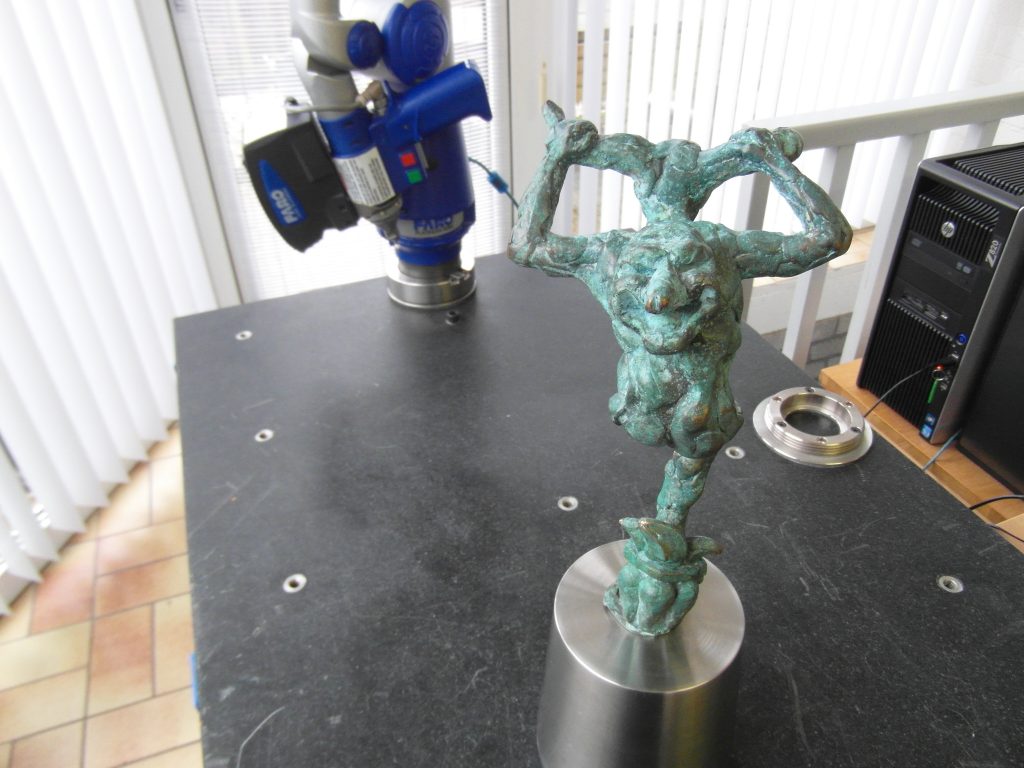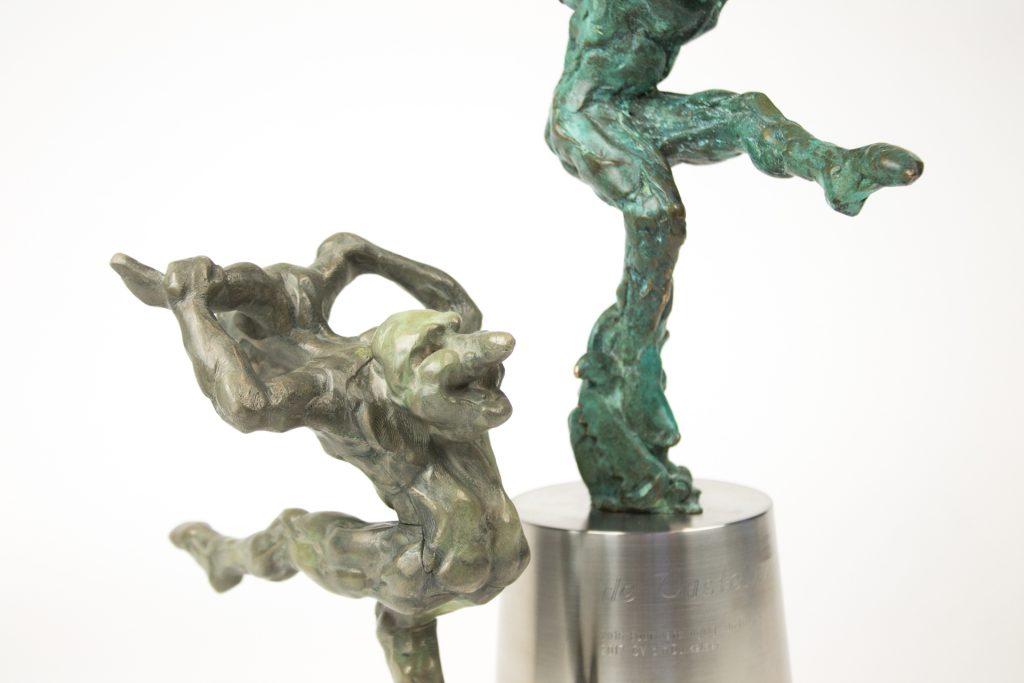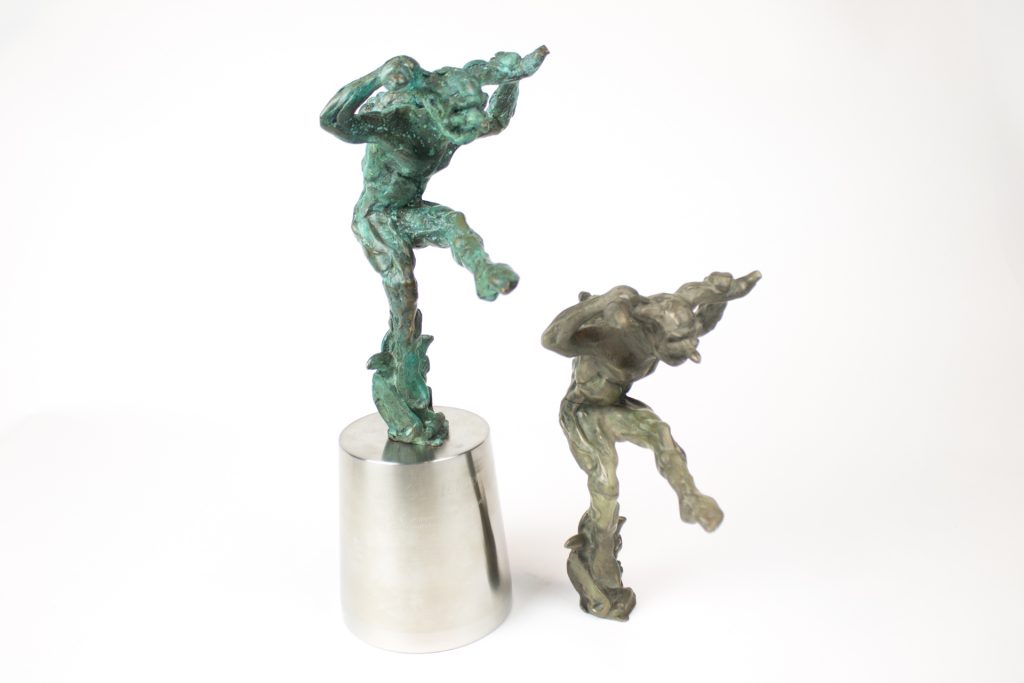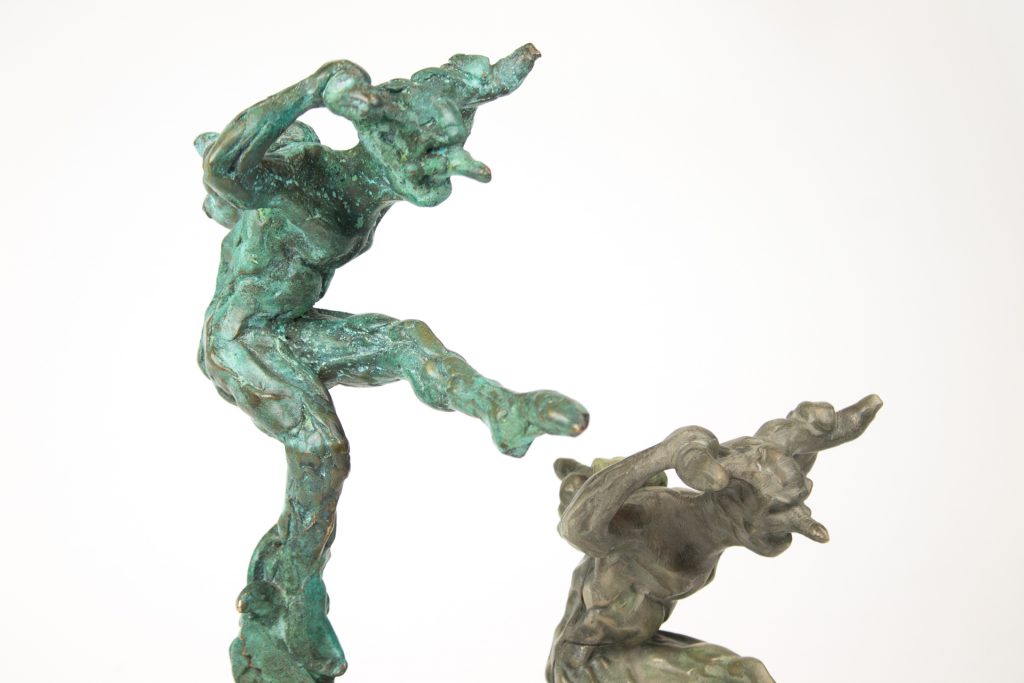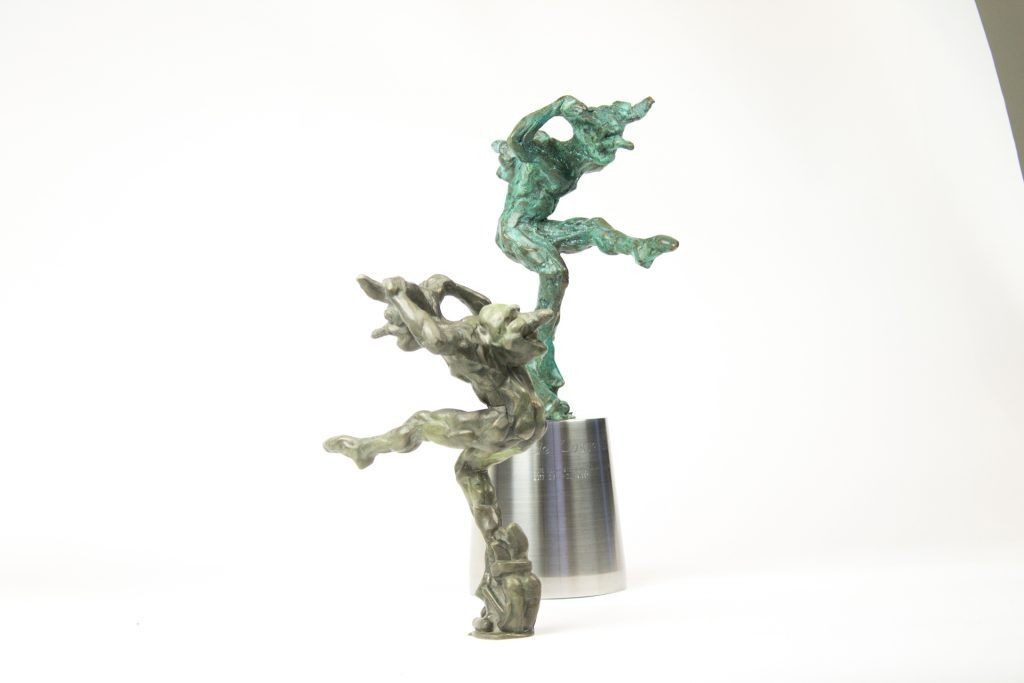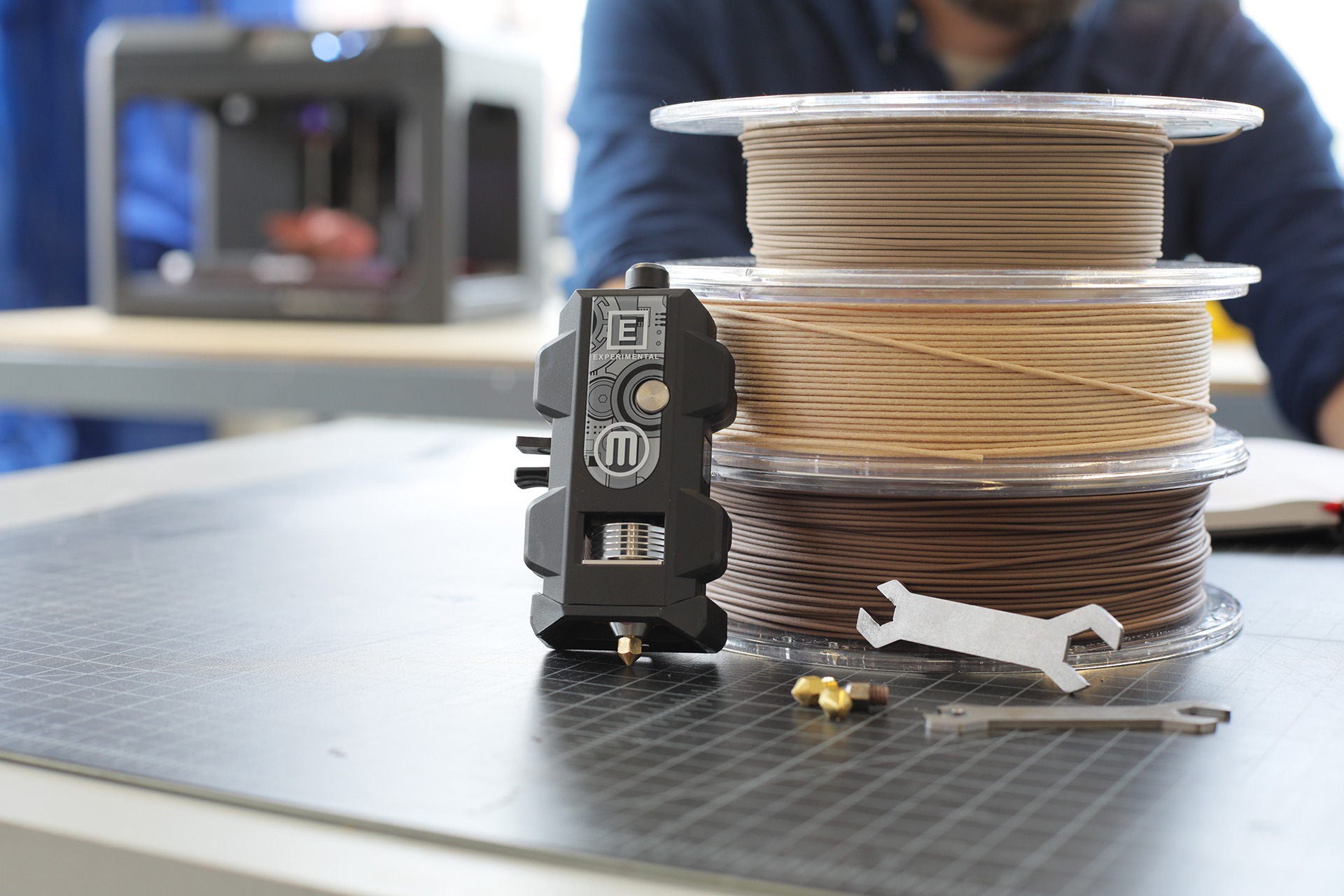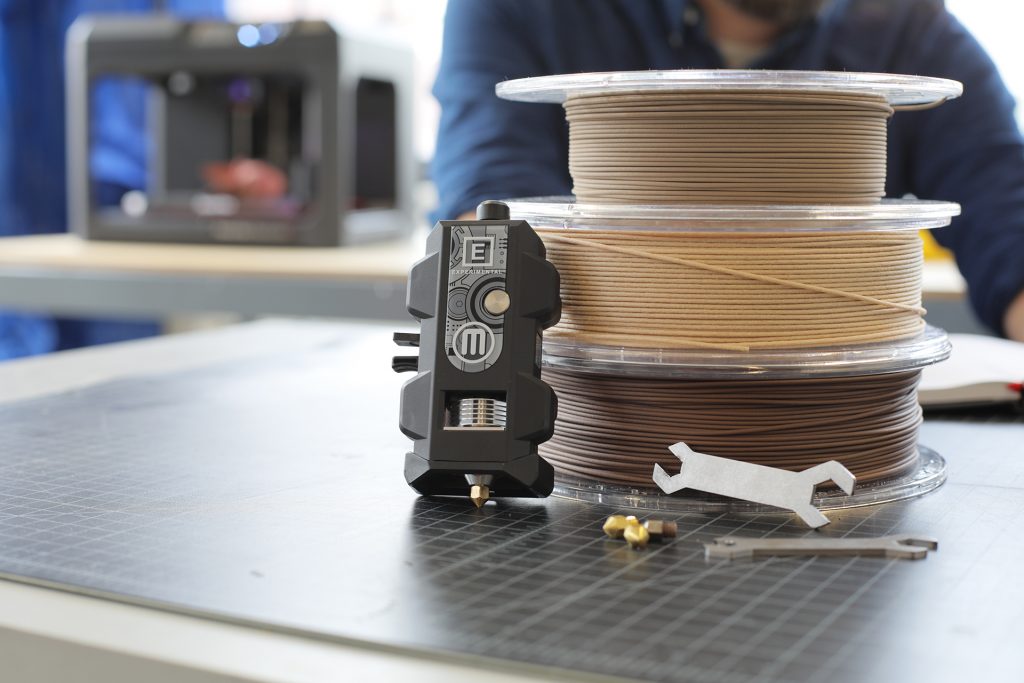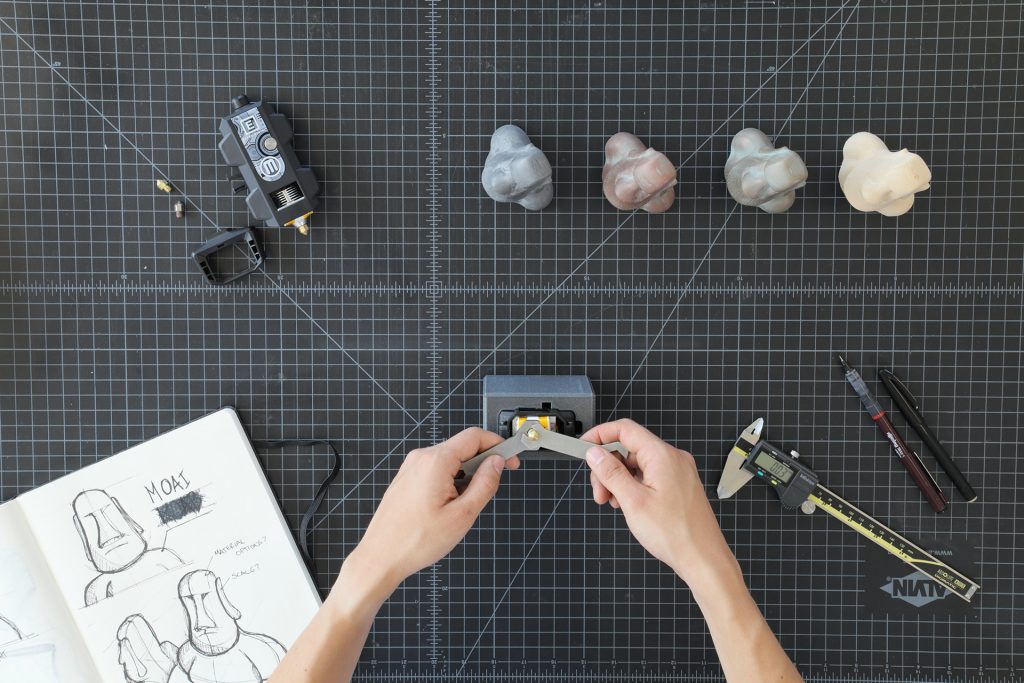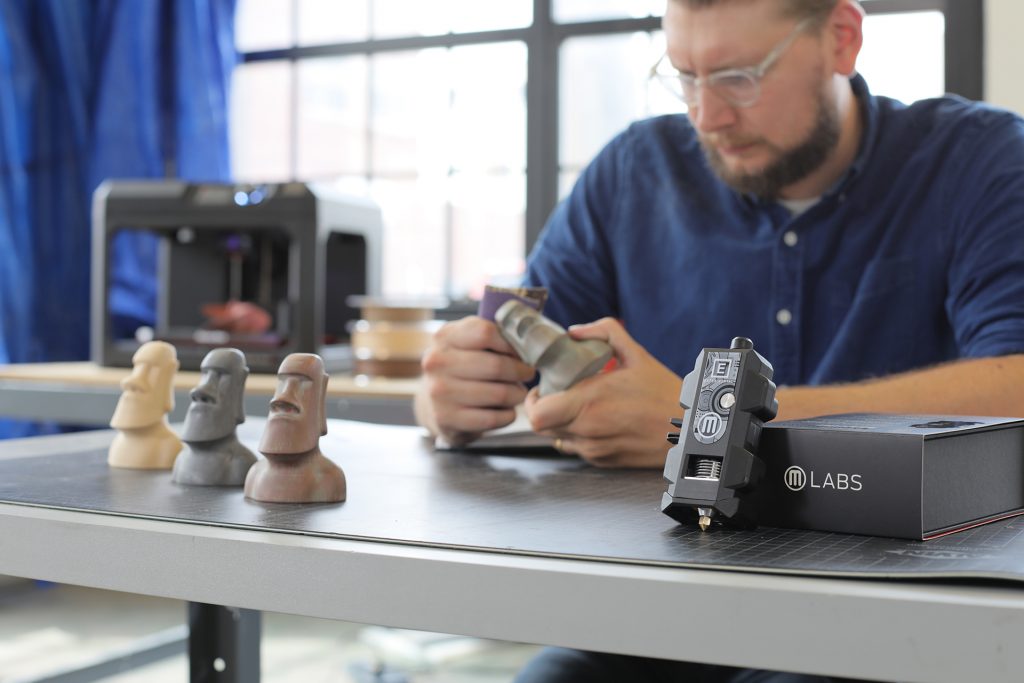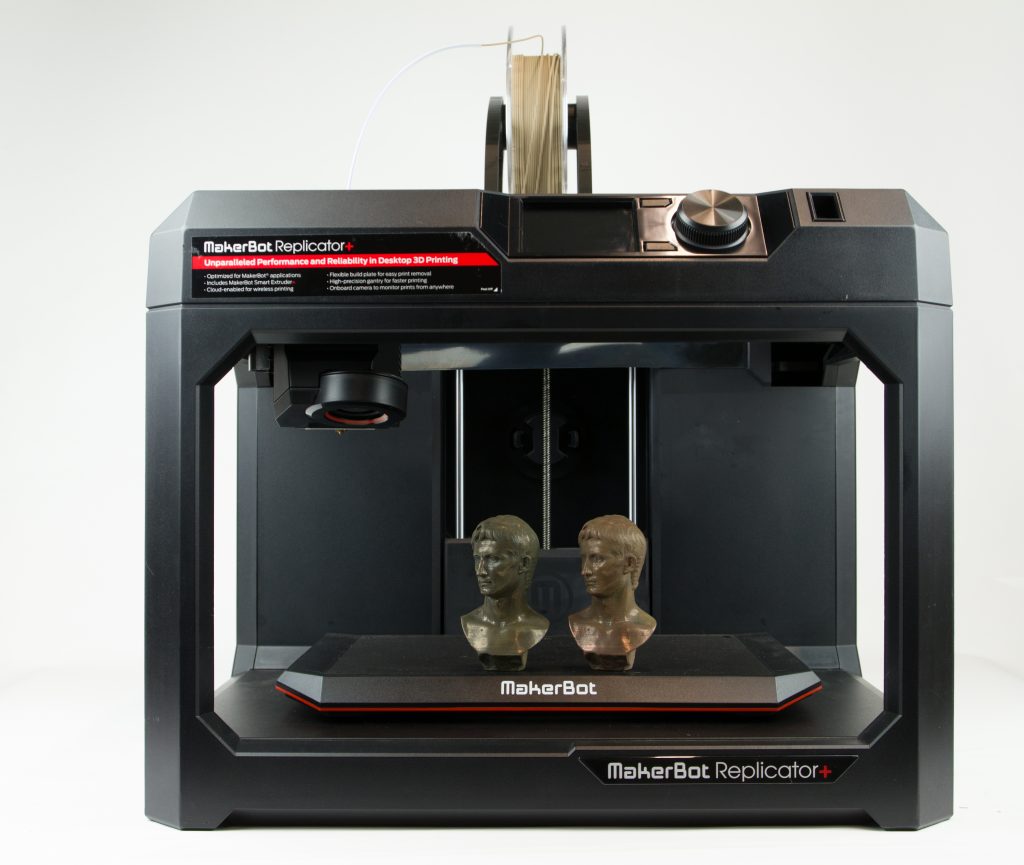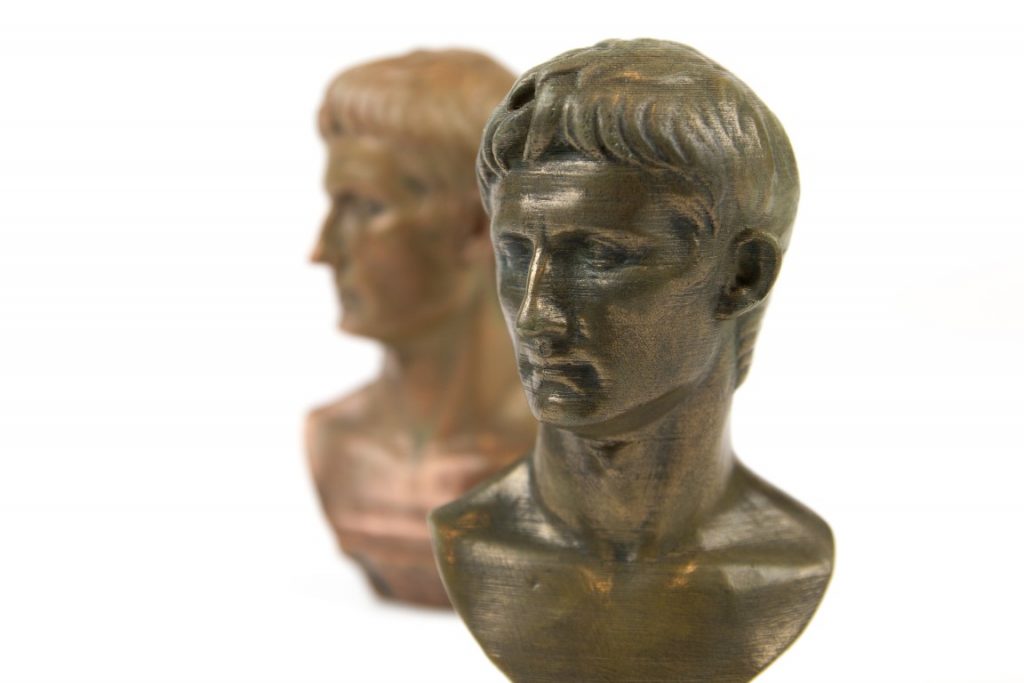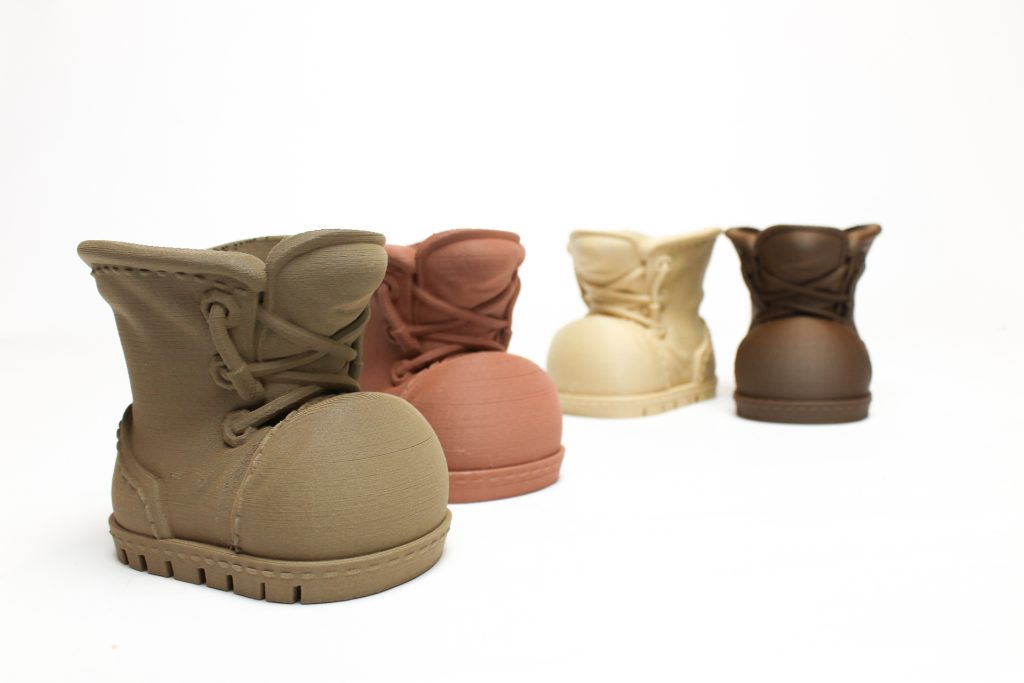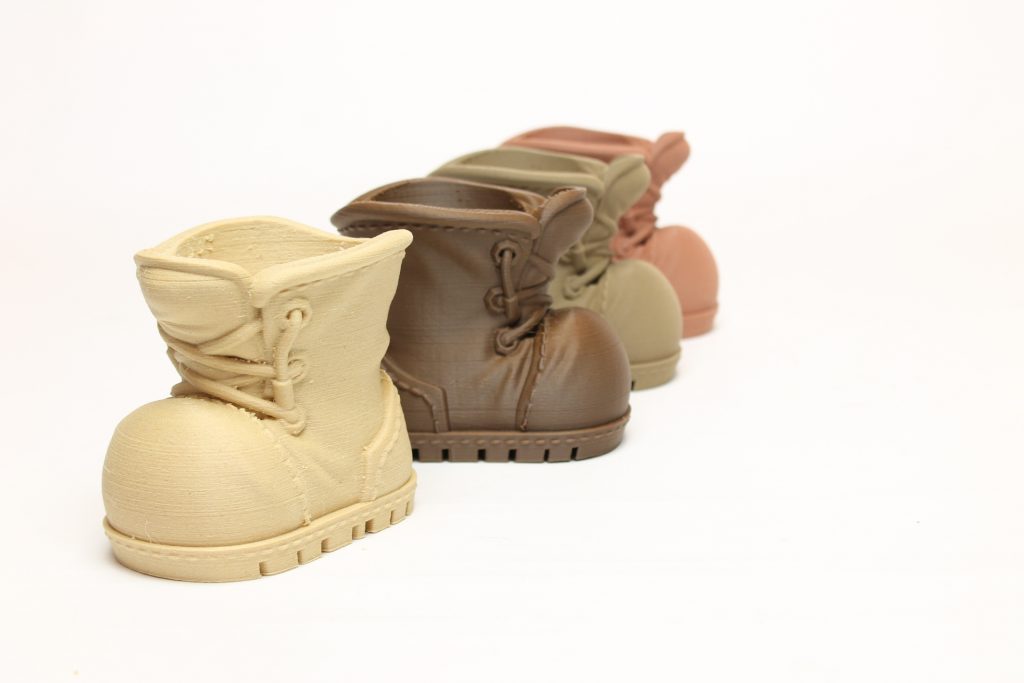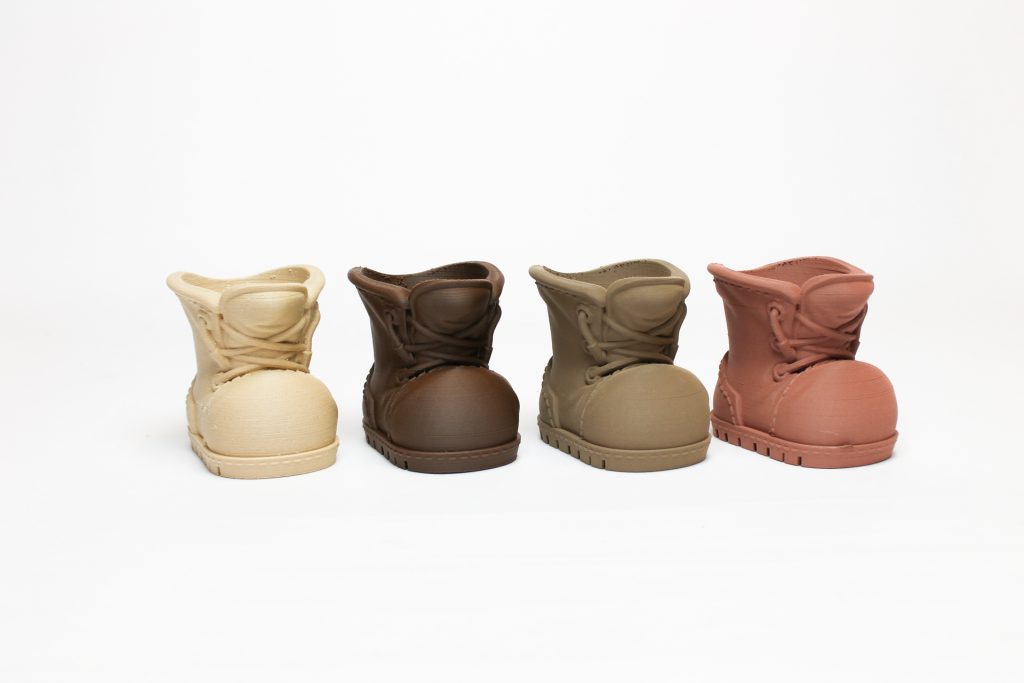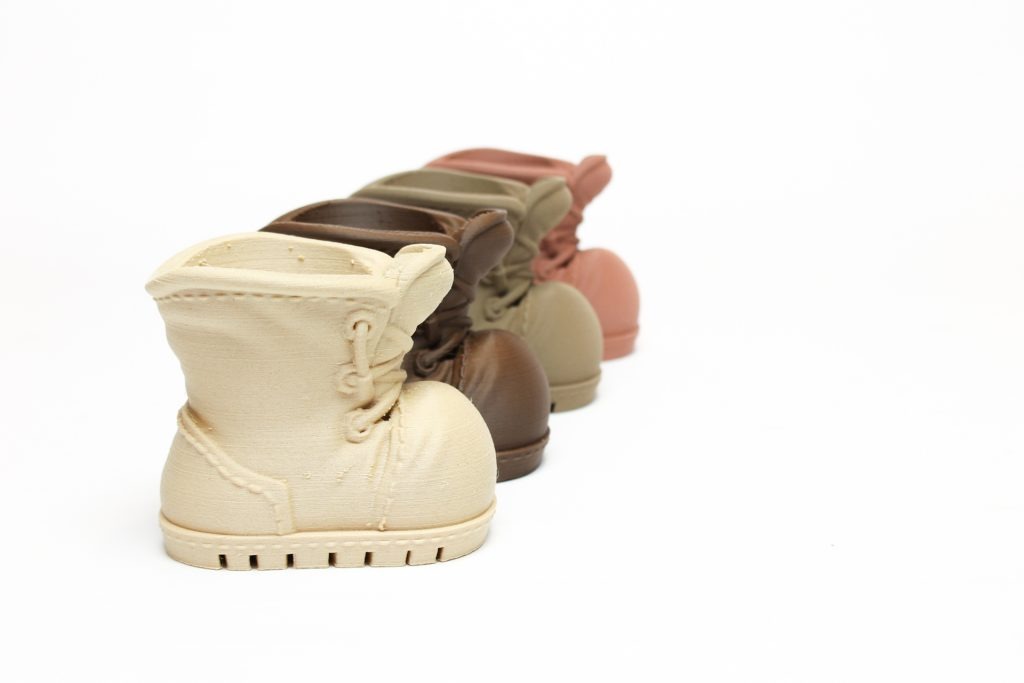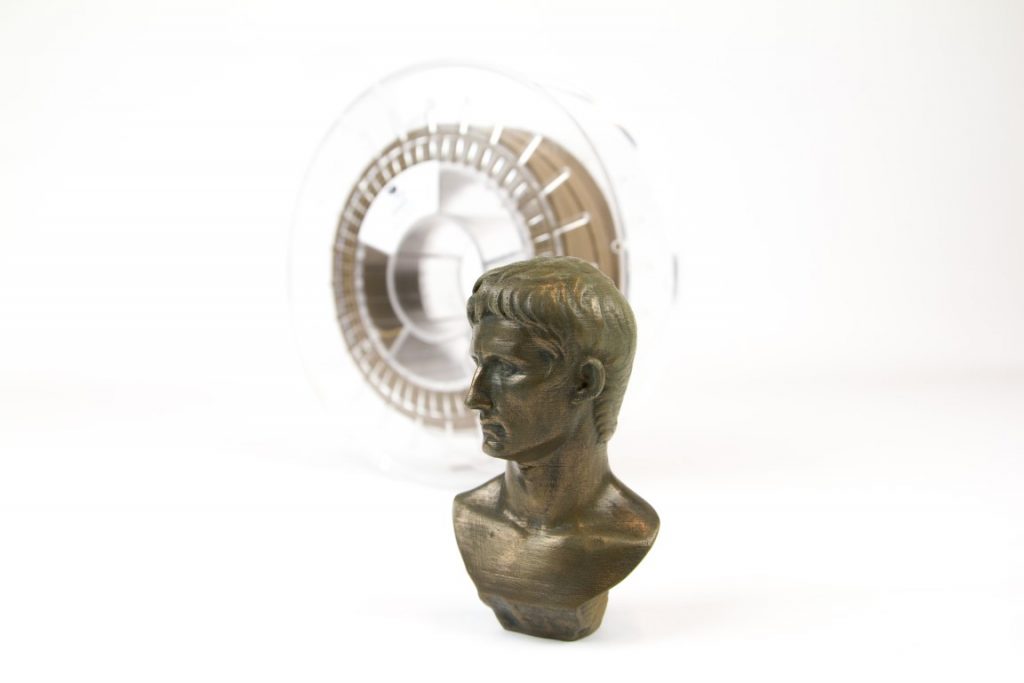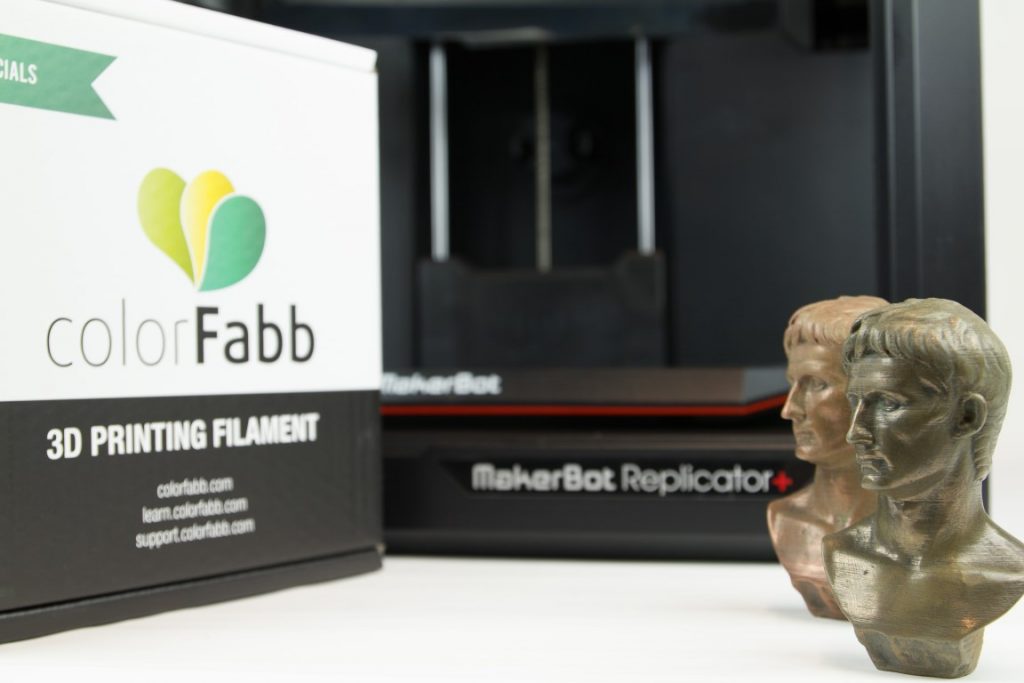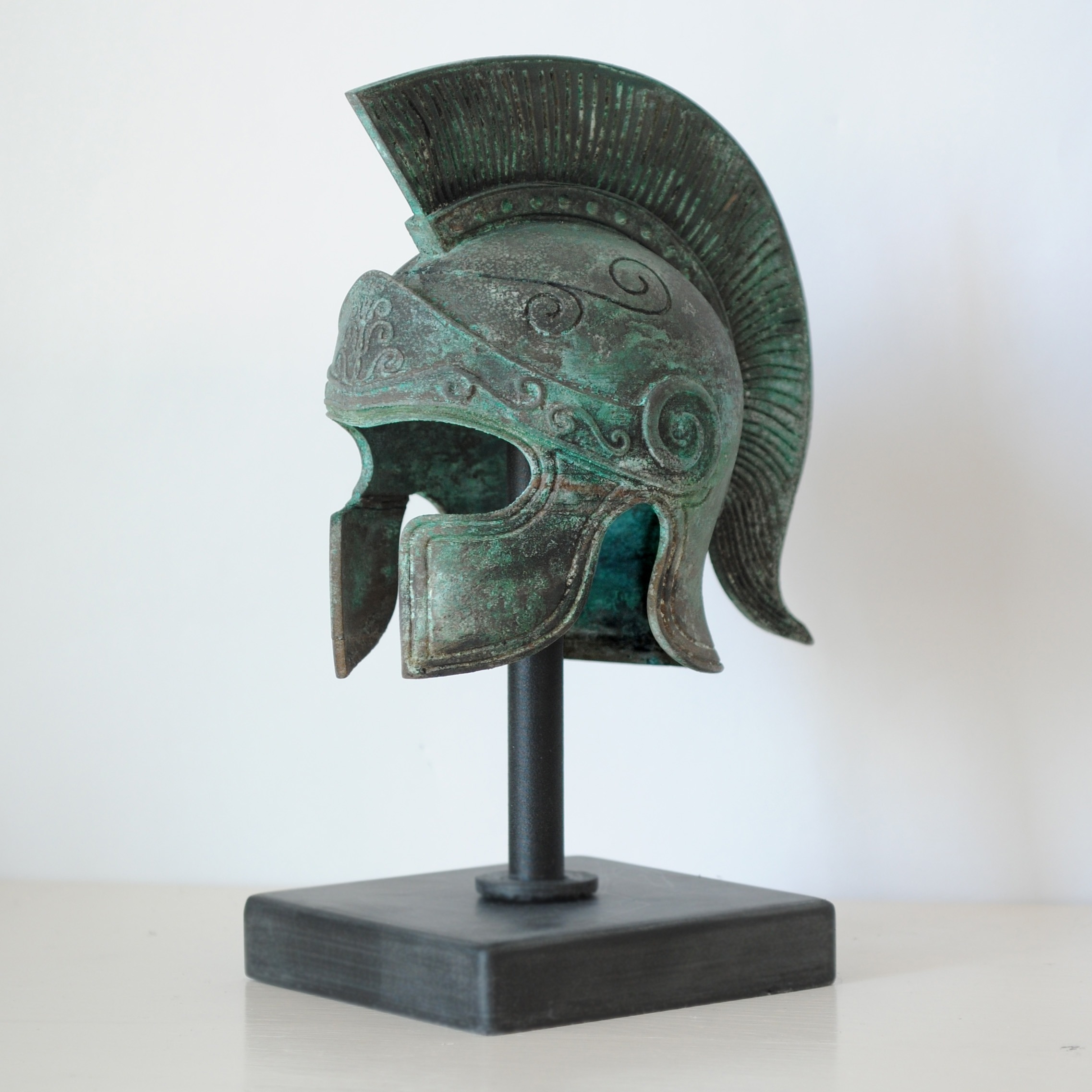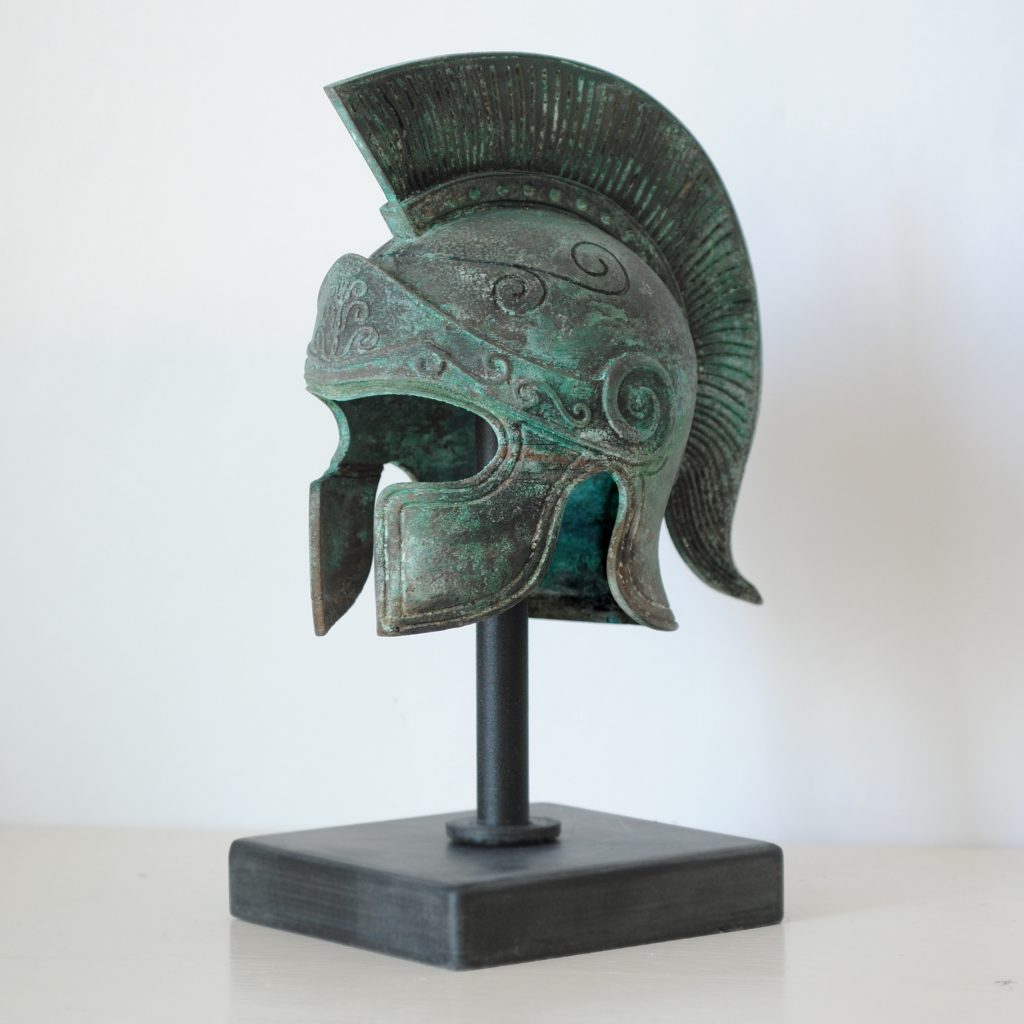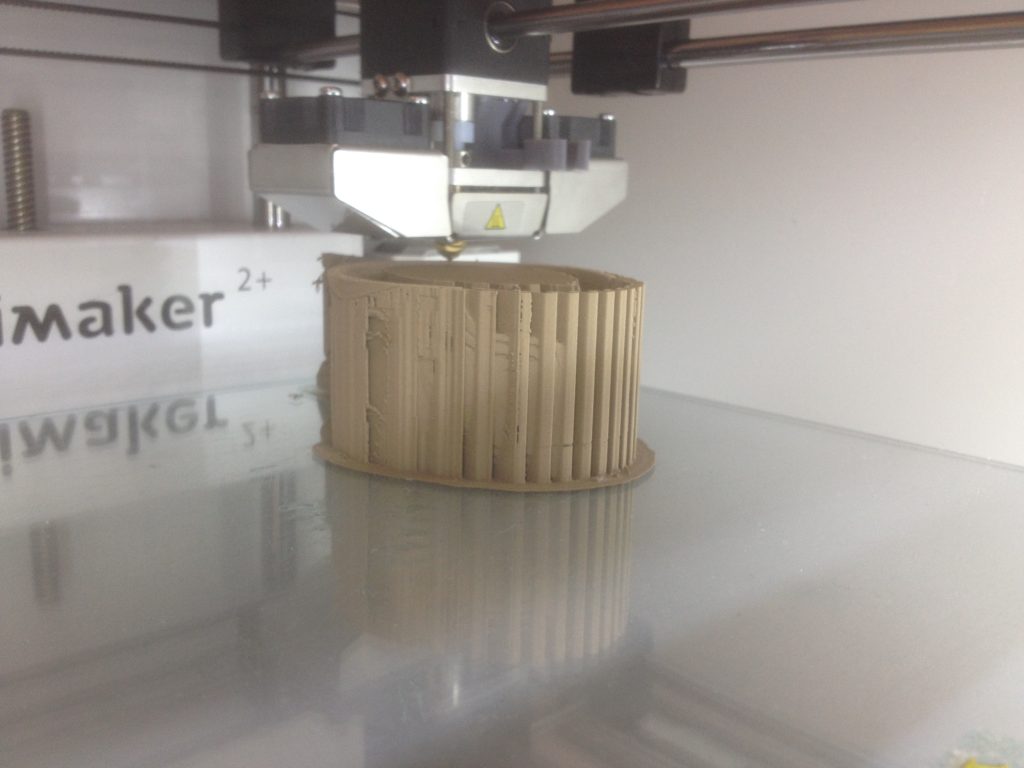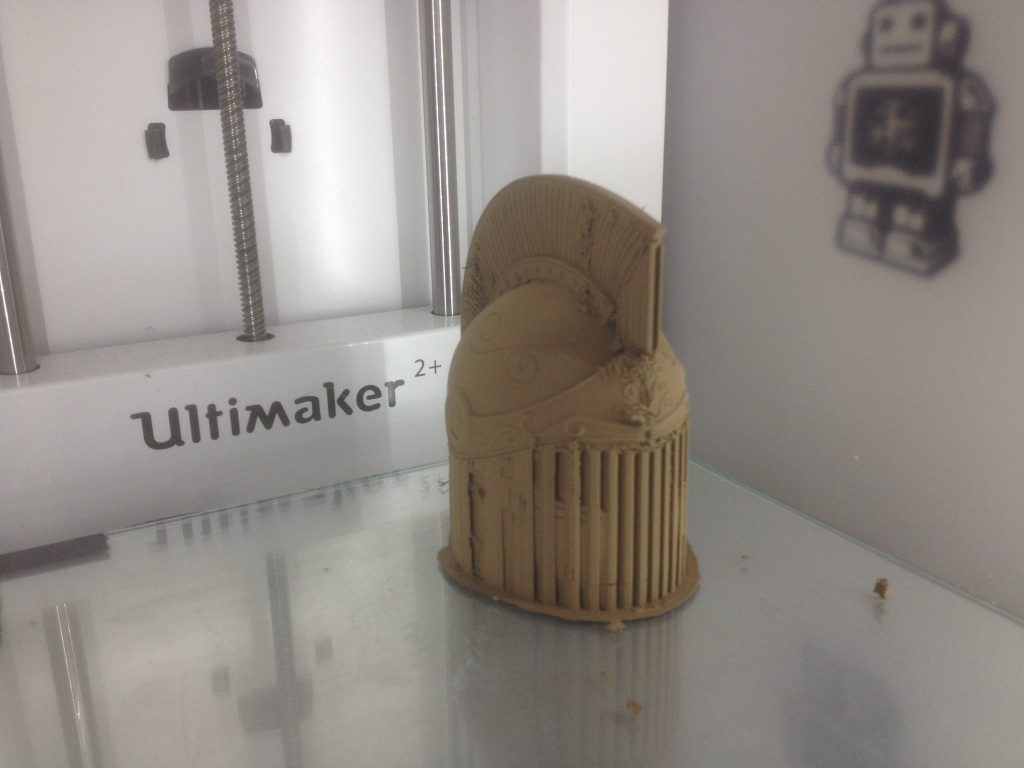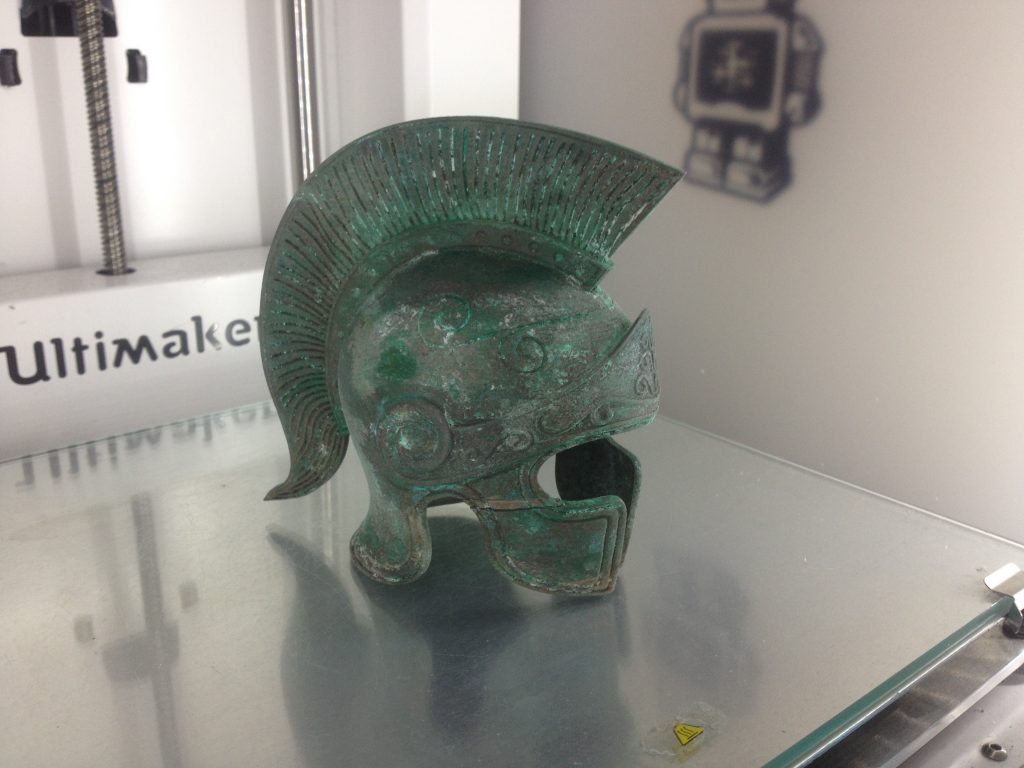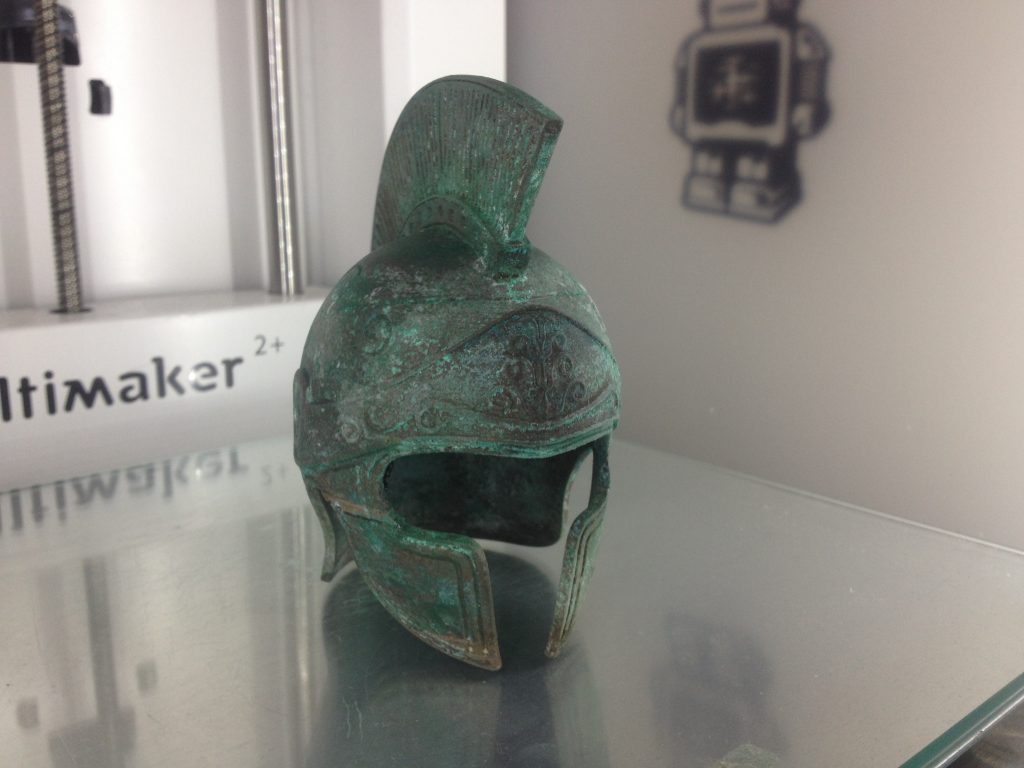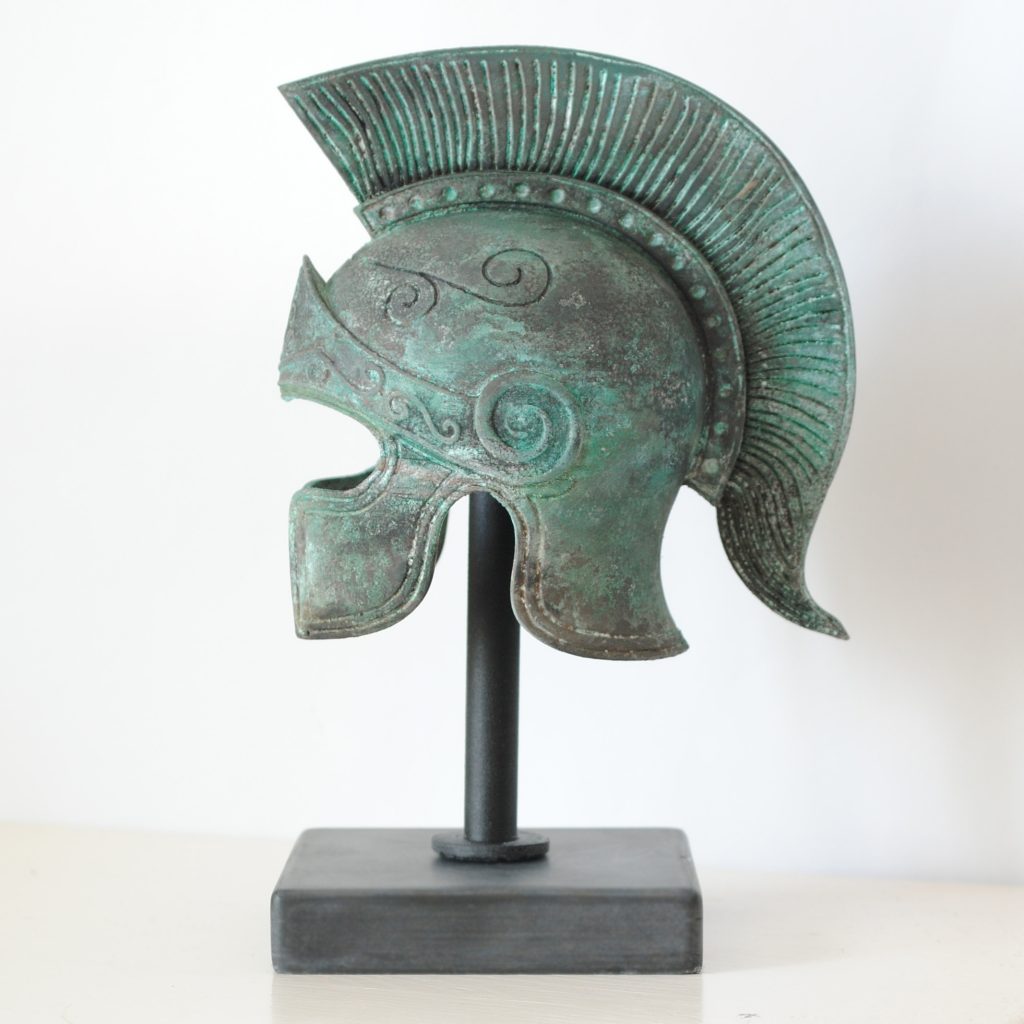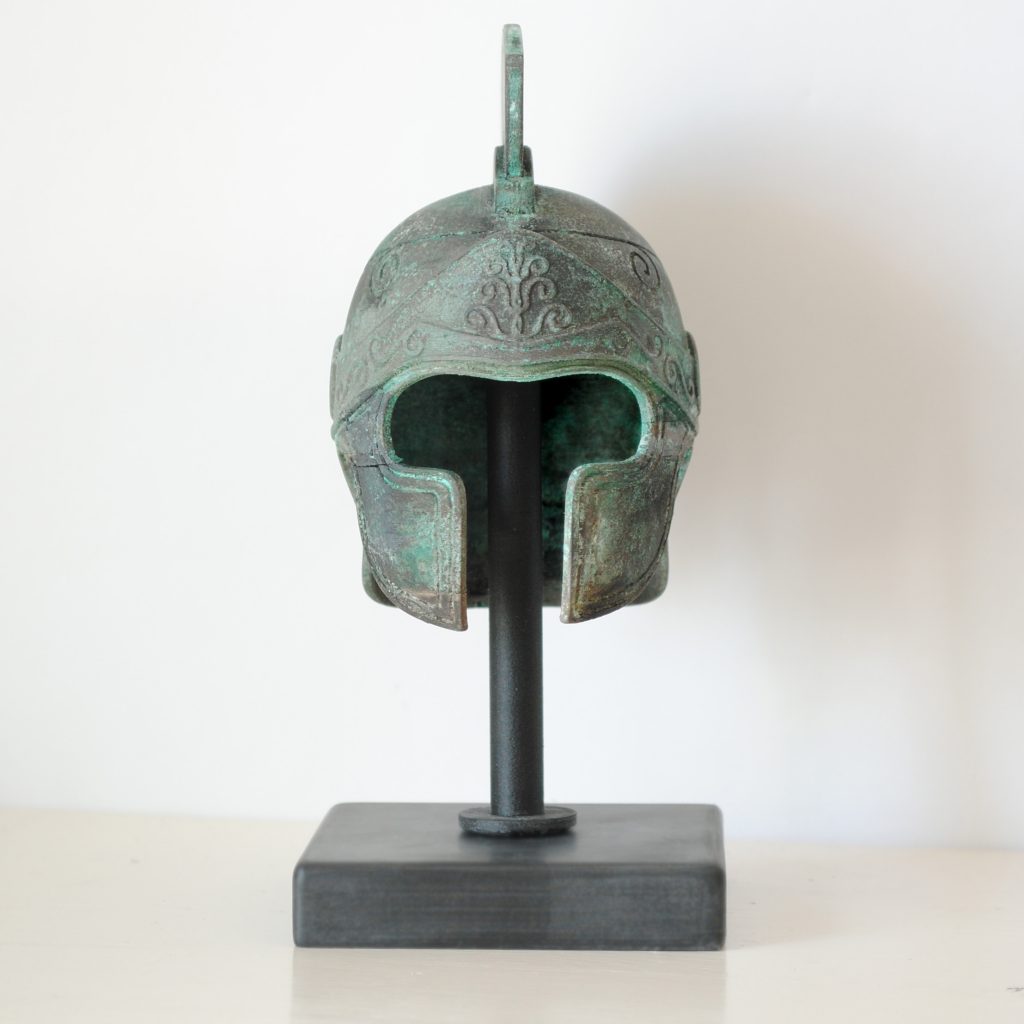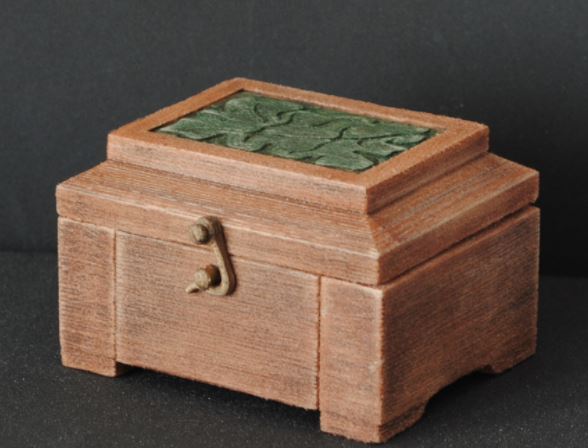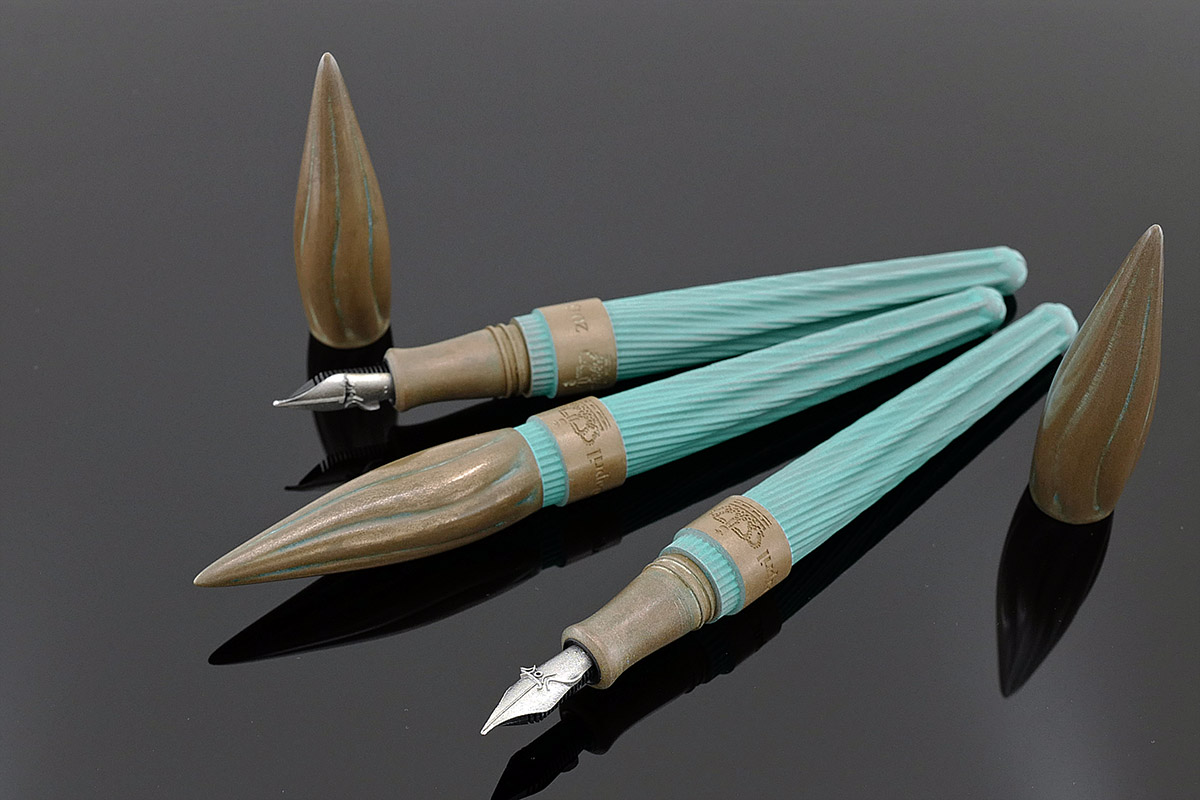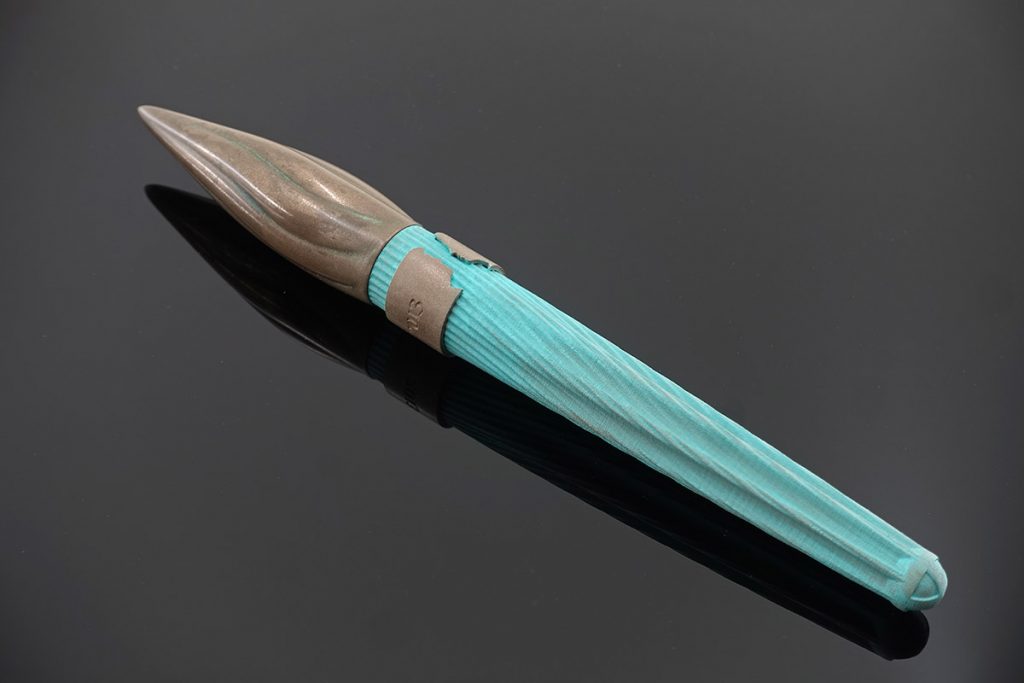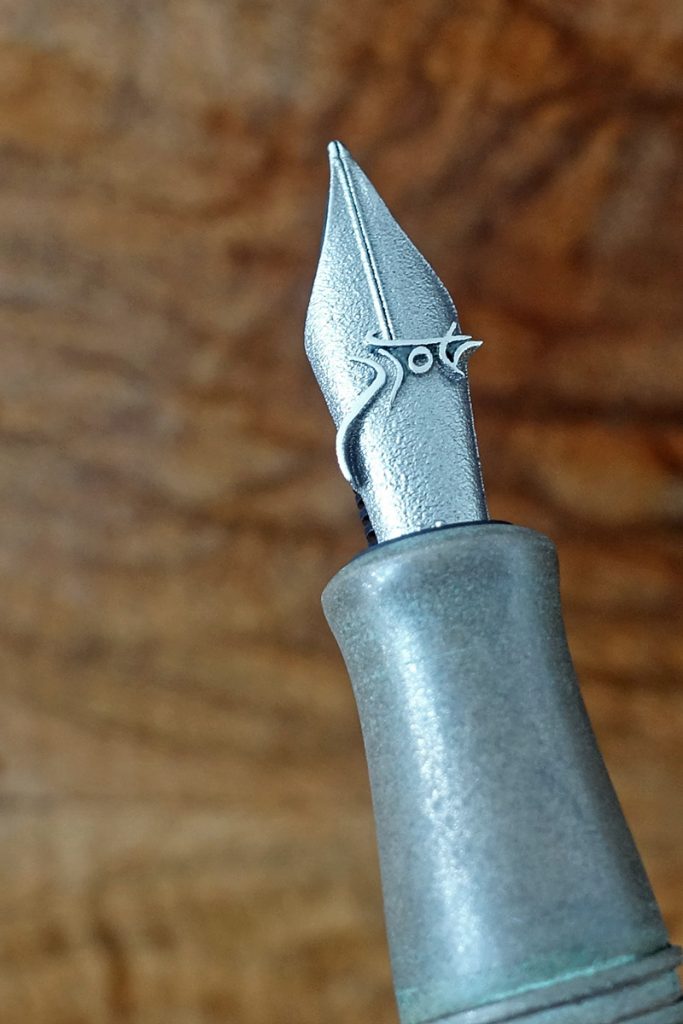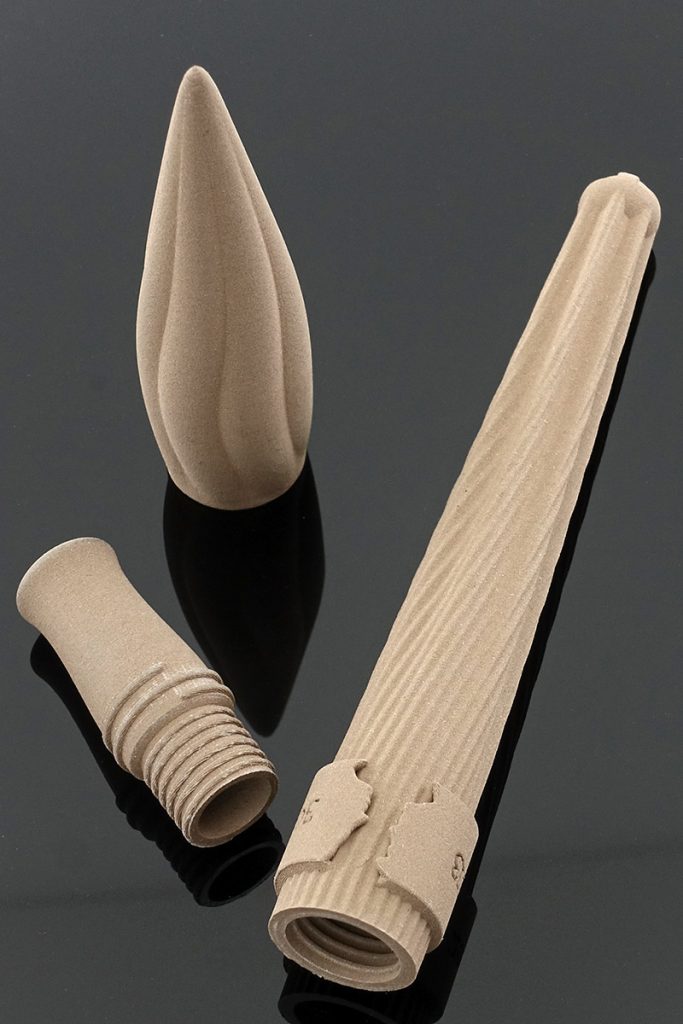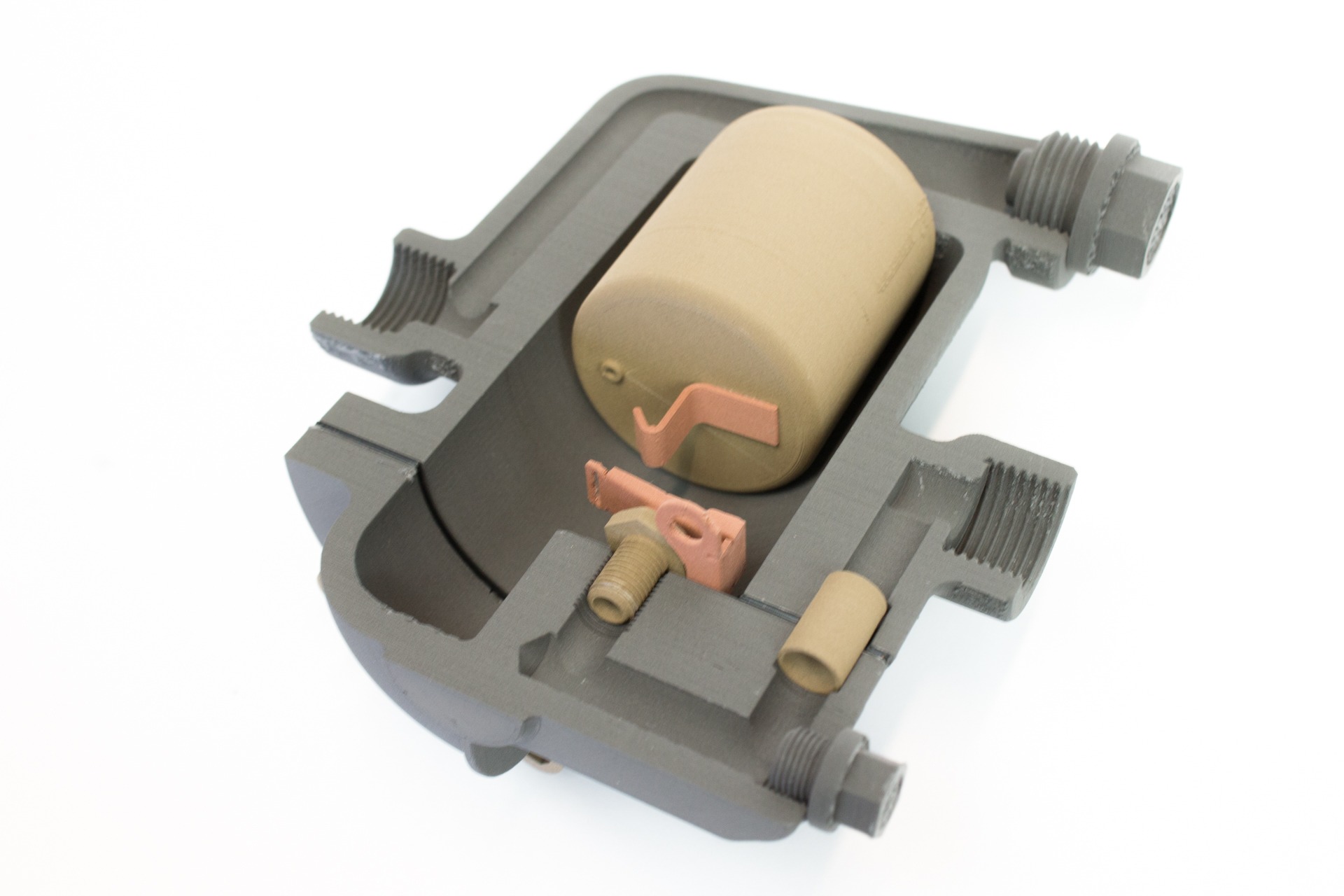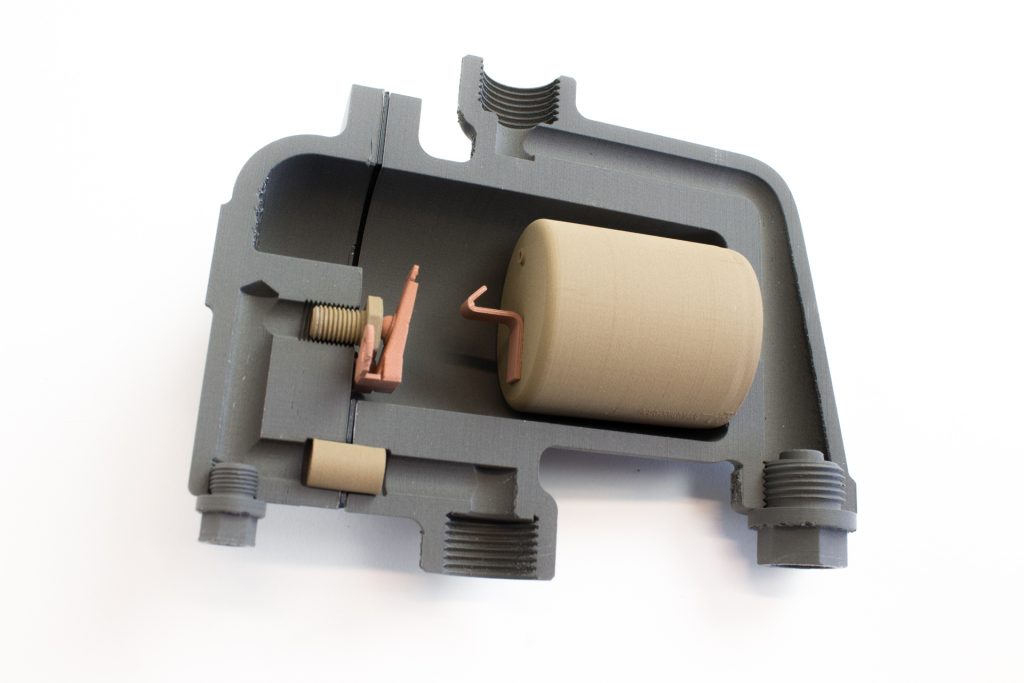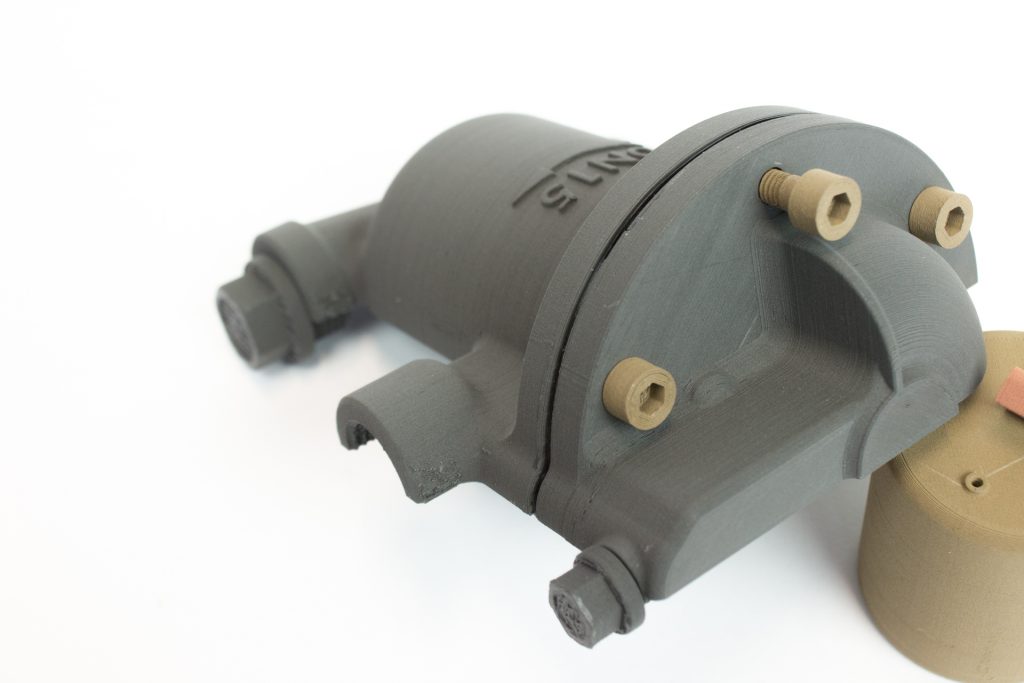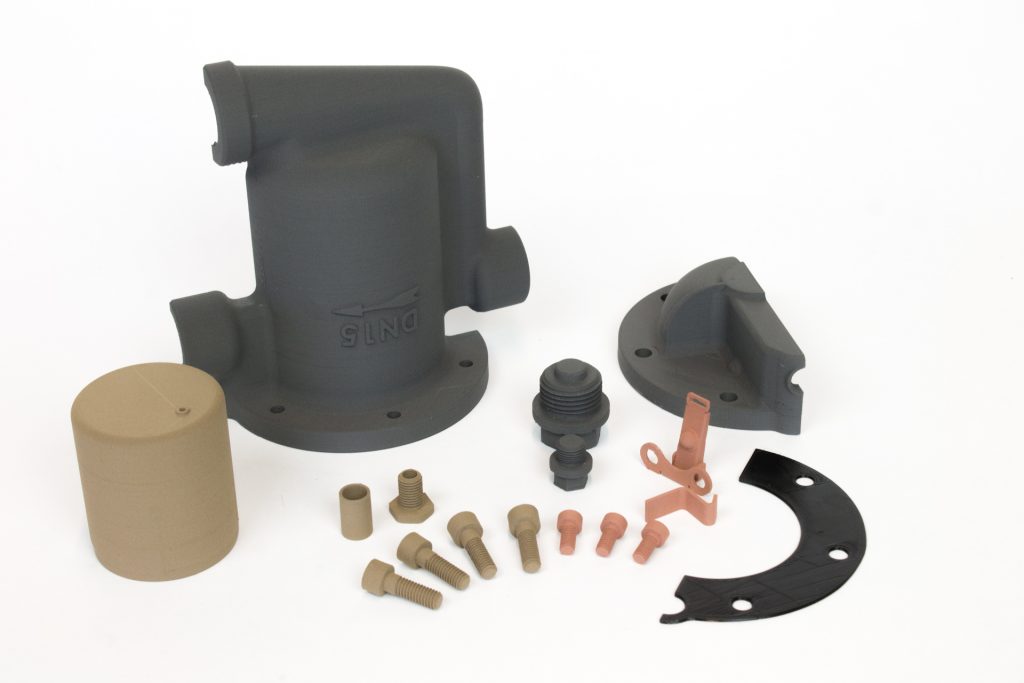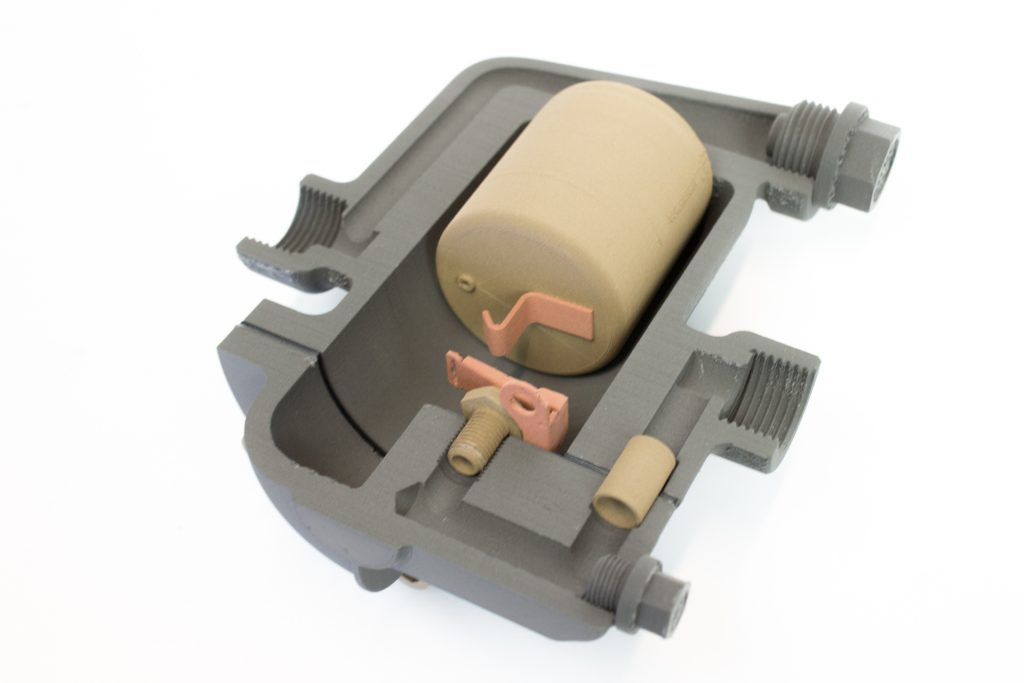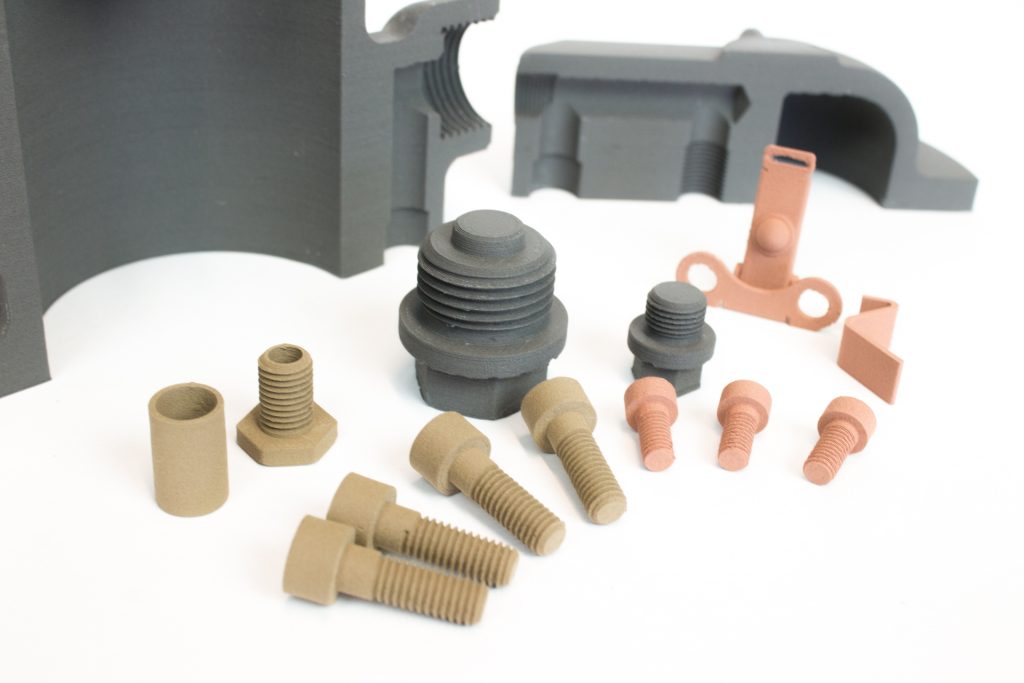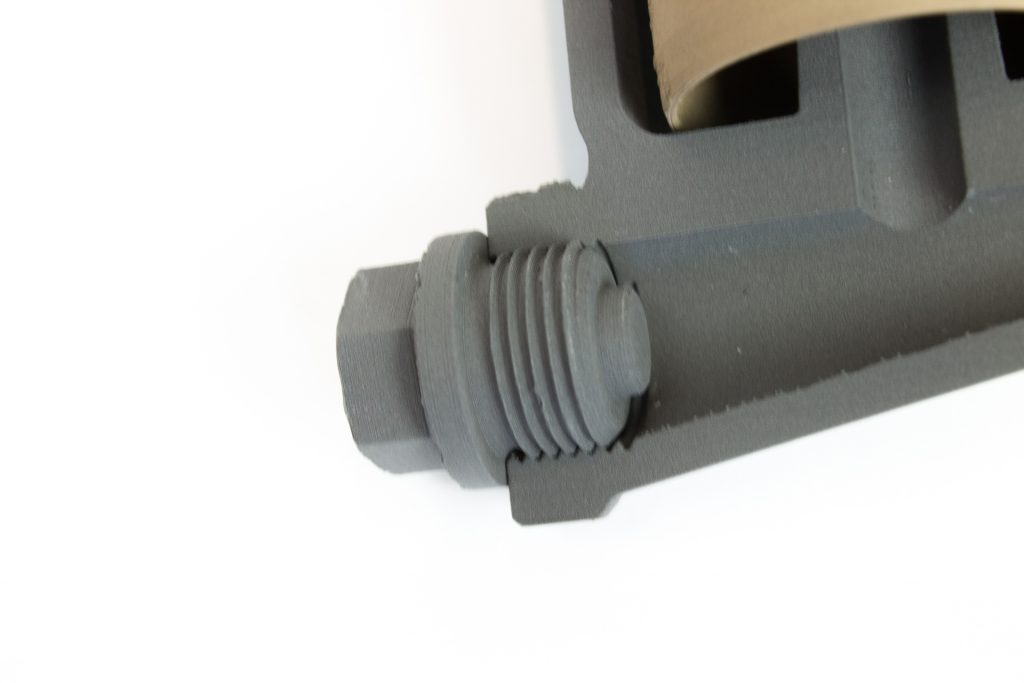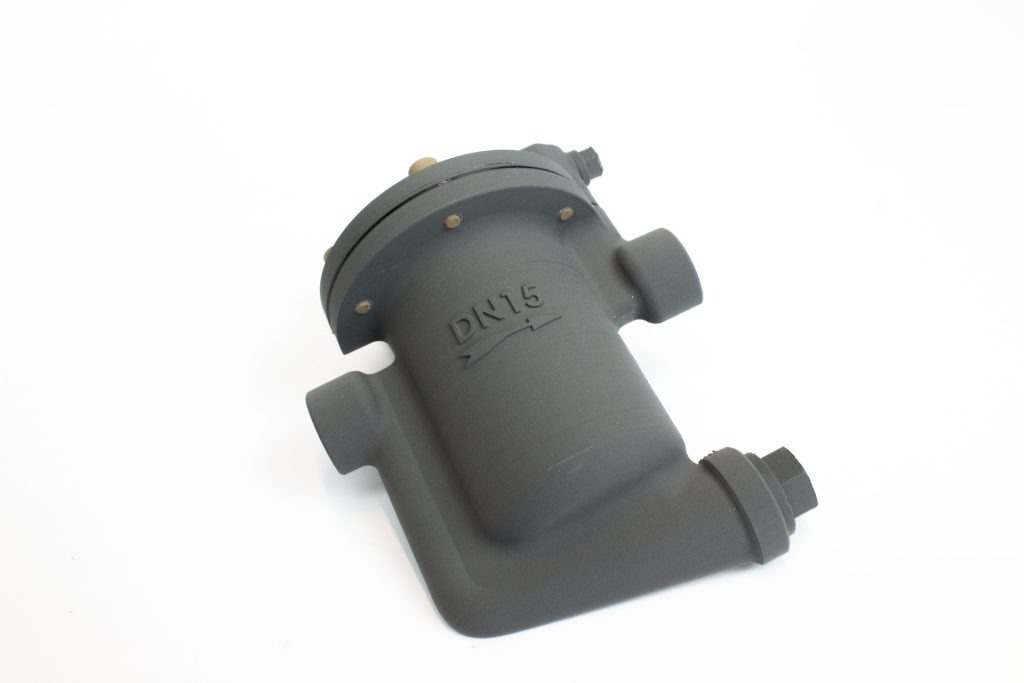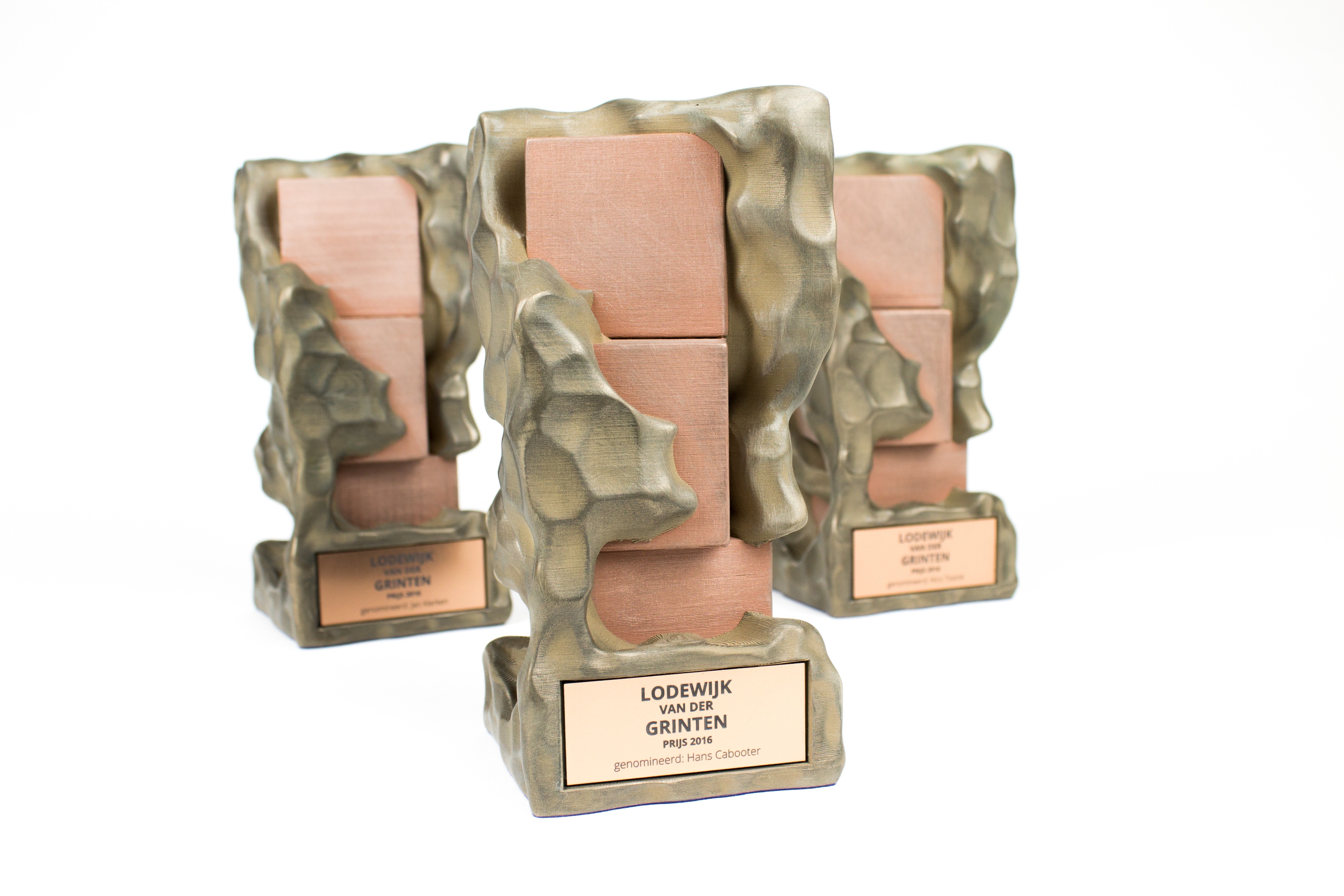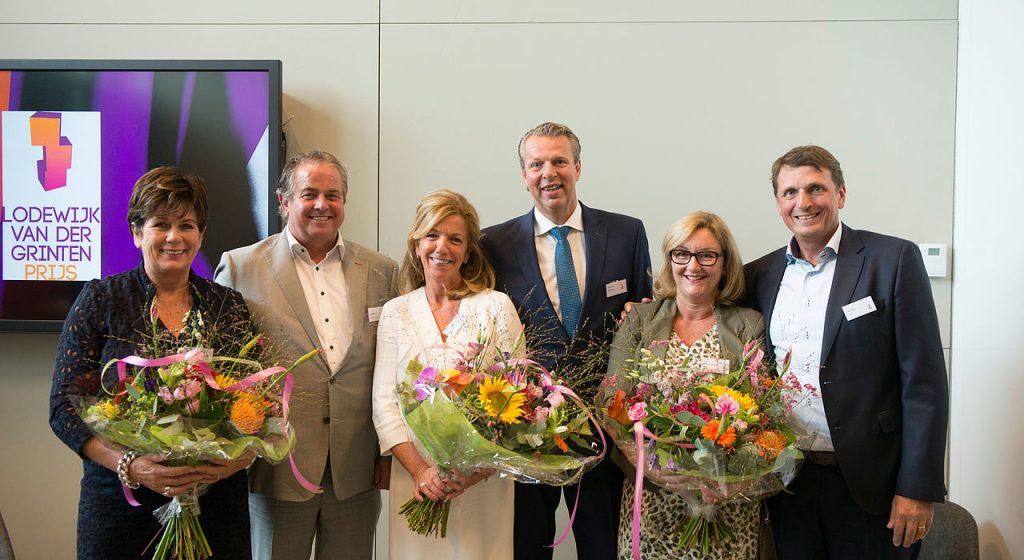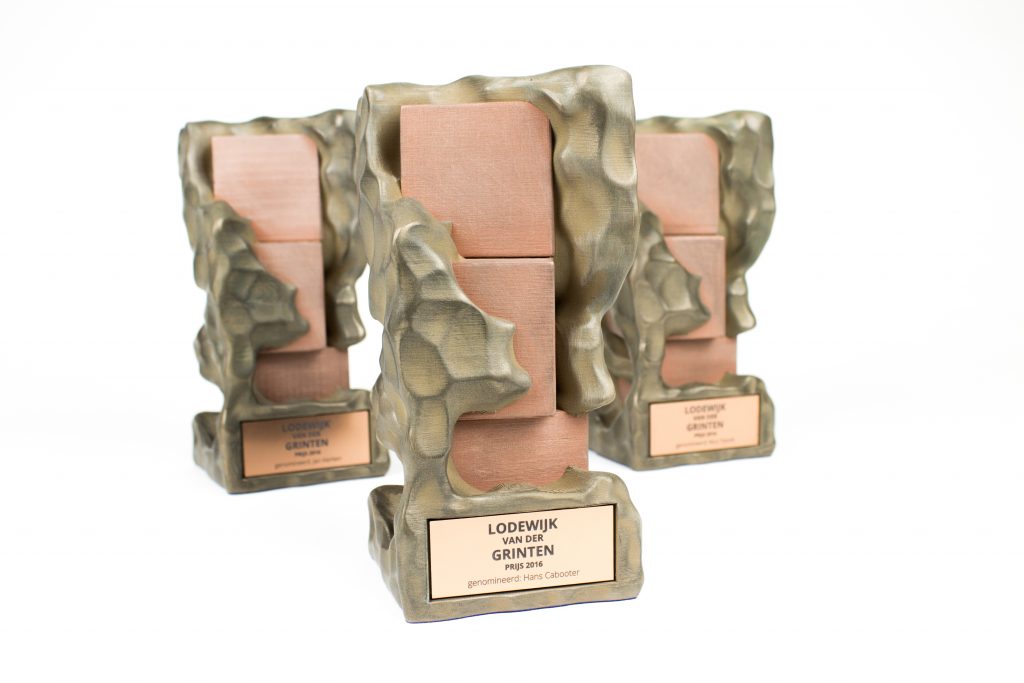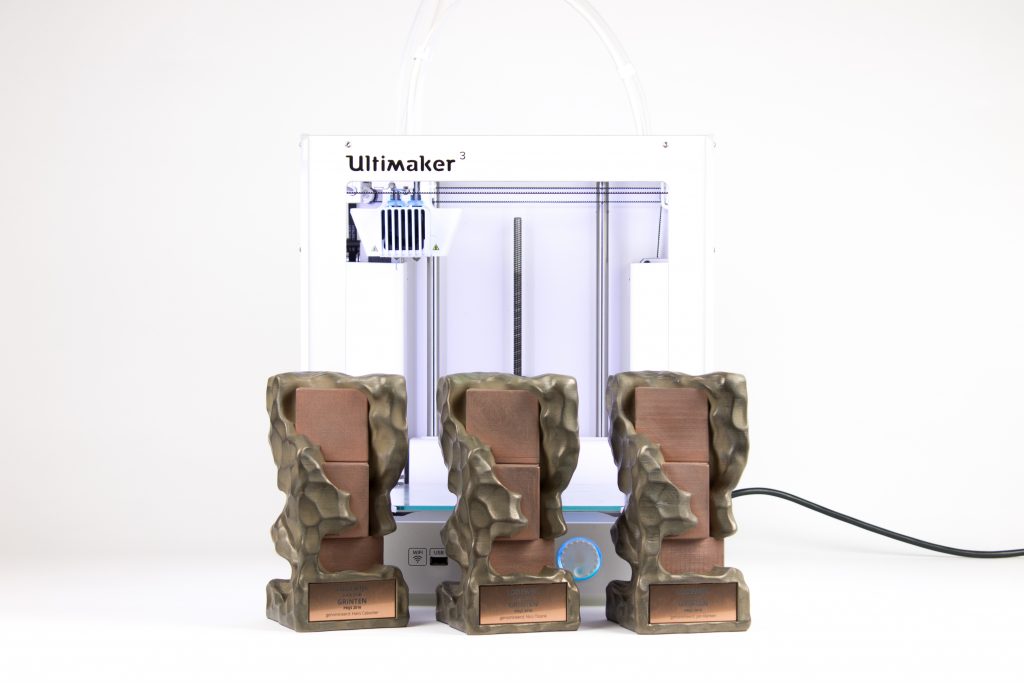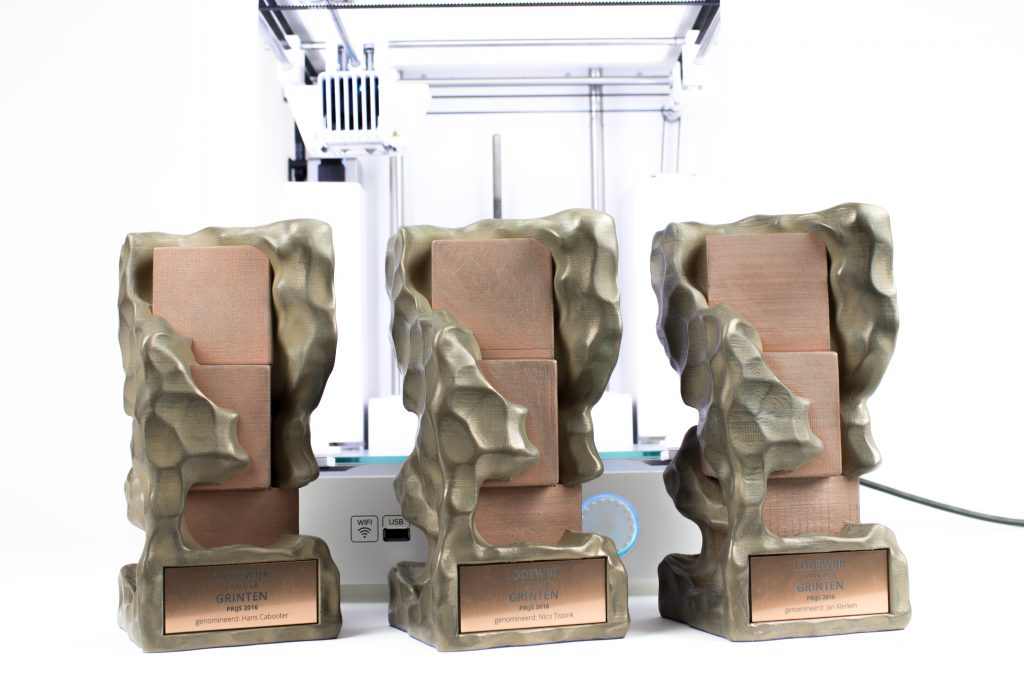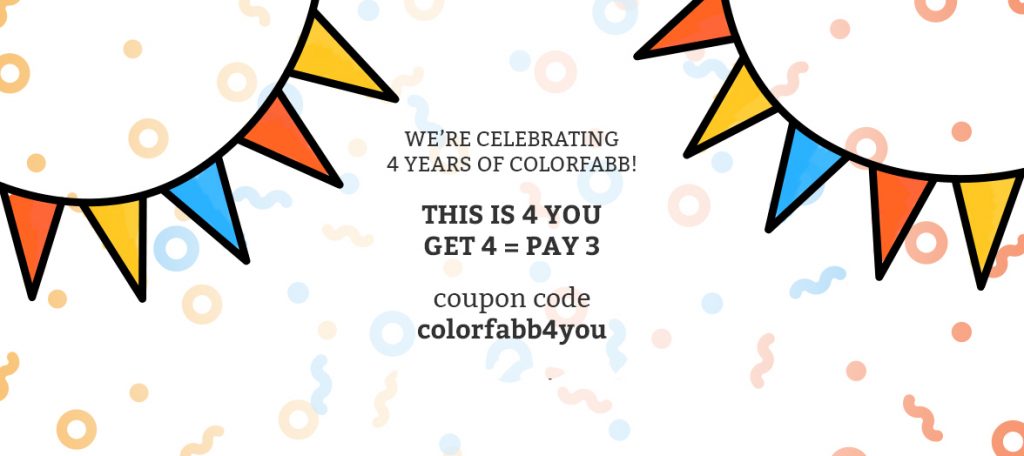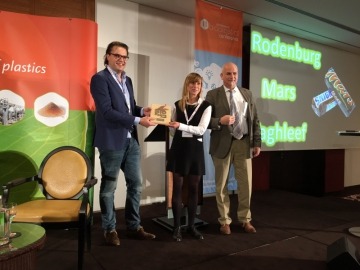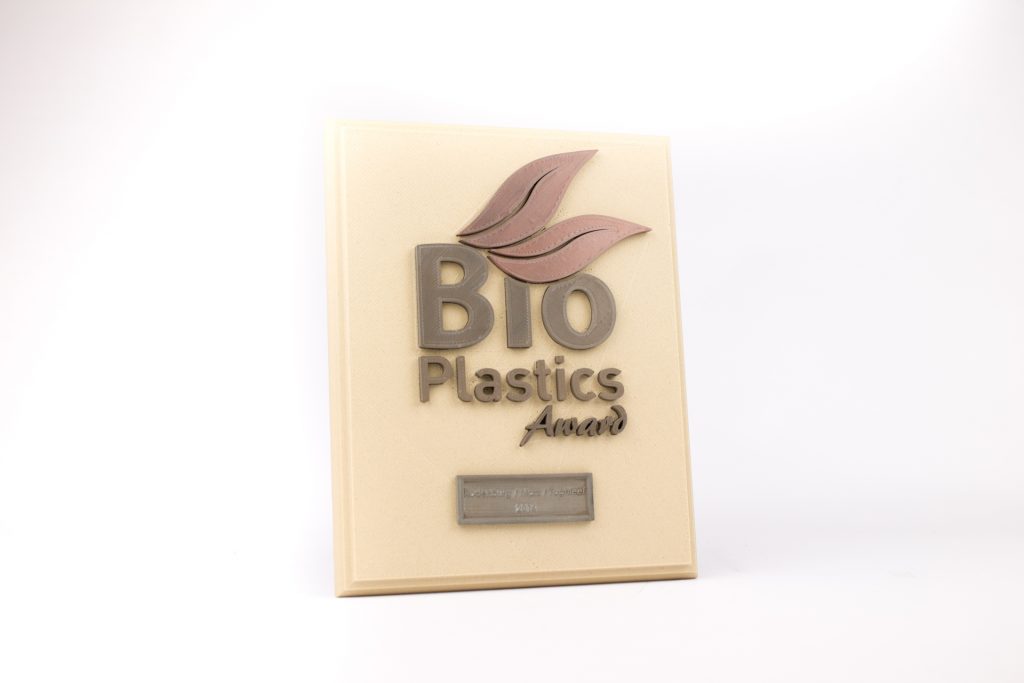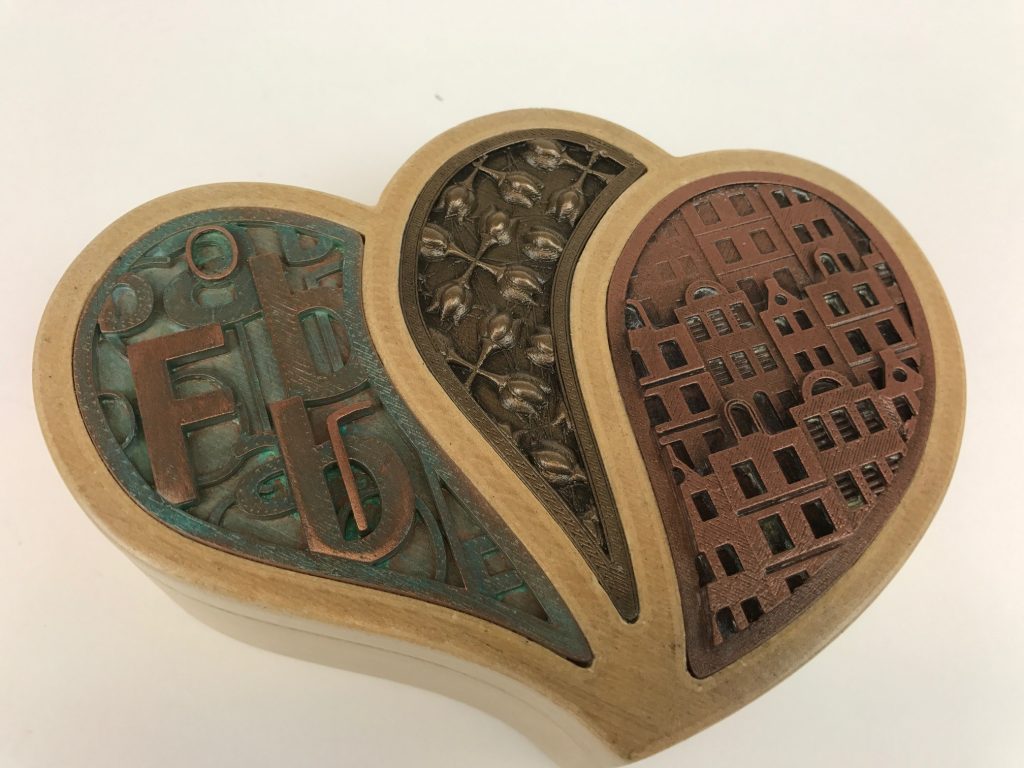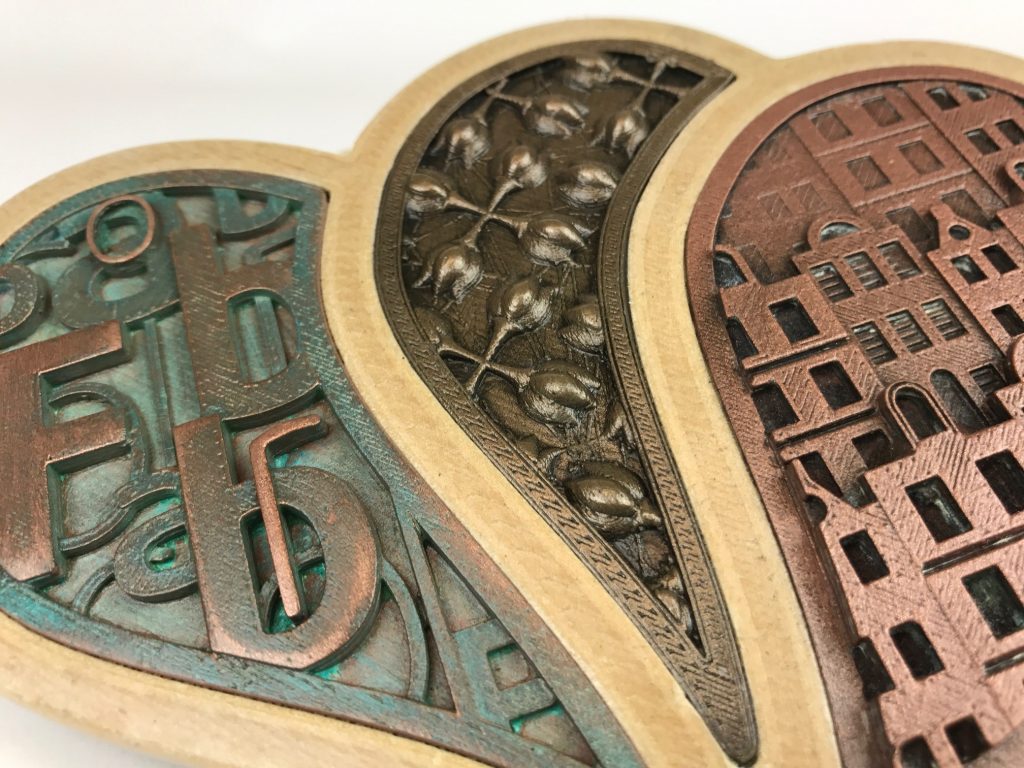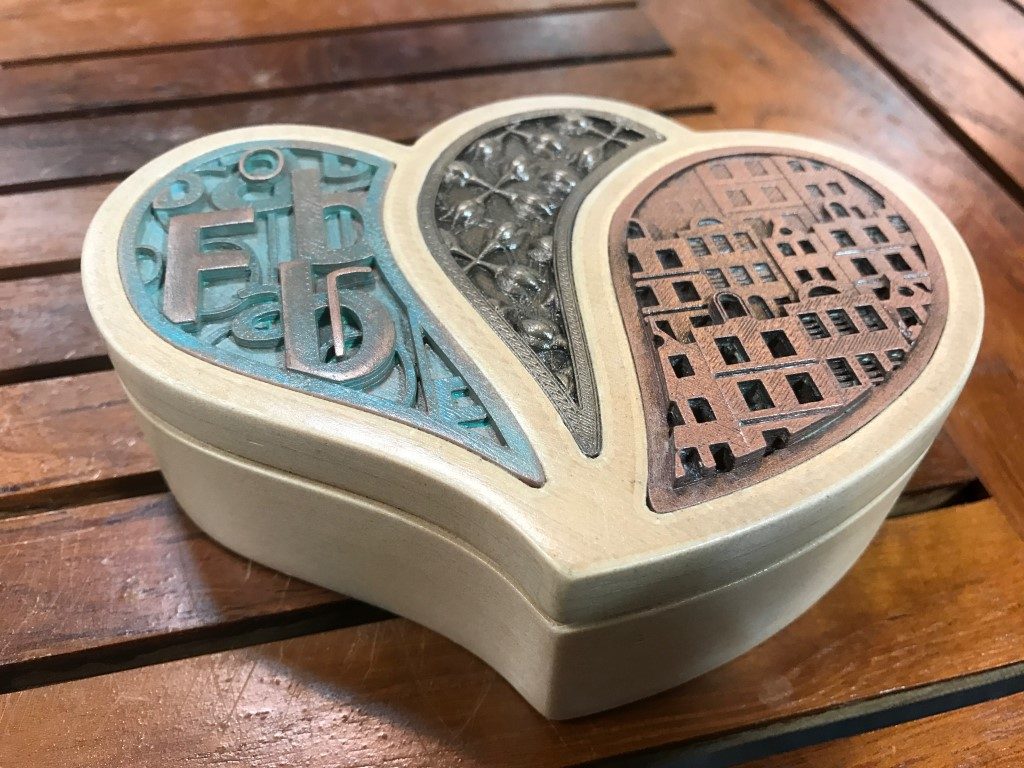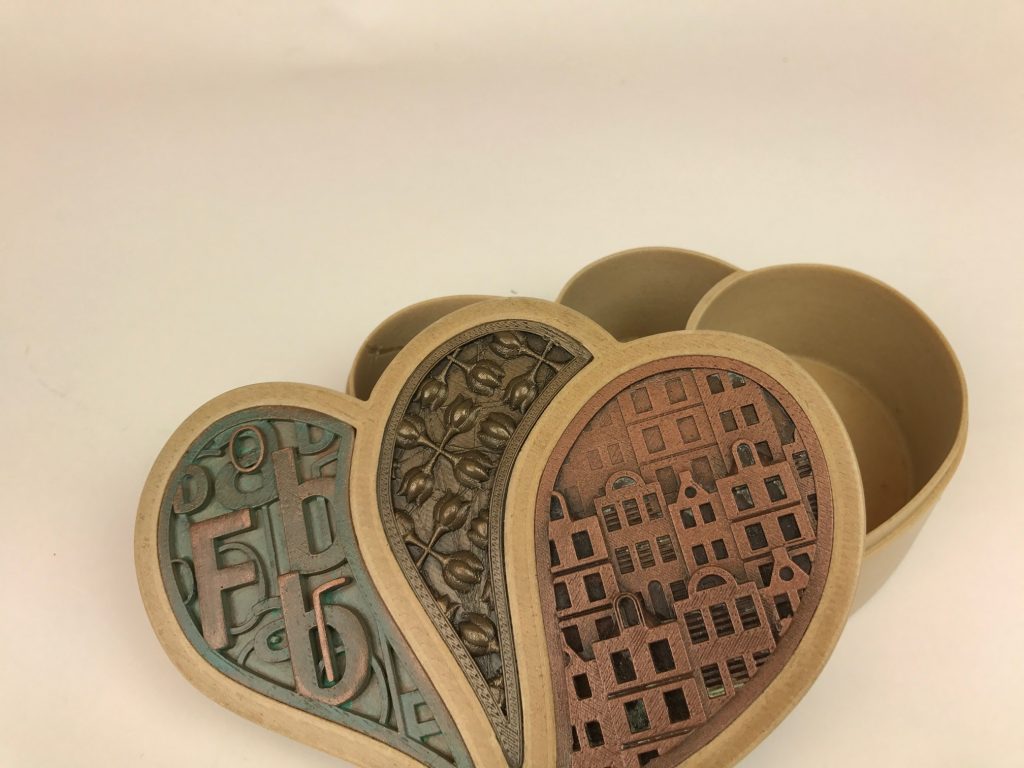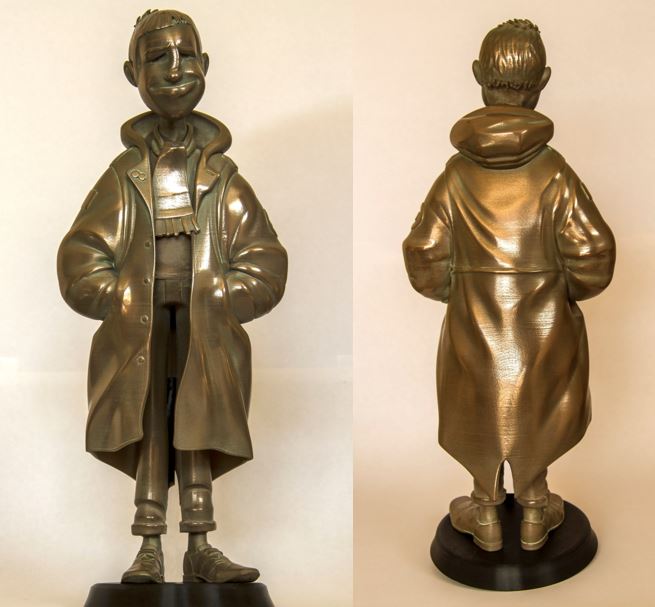Originally posted in May 2019
This week it has been exactly five years that we announced bronzeFill at the Fabcon show in Erfurt. The fantastic material was the first of its kind: our unique PLA/PHA compound with real bronze in it. Straight from the printer parts look almost laser sintered with a matte finish and with a bit of sanding and polishing the bronze particles will start to shine & shimmer unlike any 3d printing filament you have seen before. The weight of the material is something special as well, over 3 times heavier than our regular PLA/PHA.
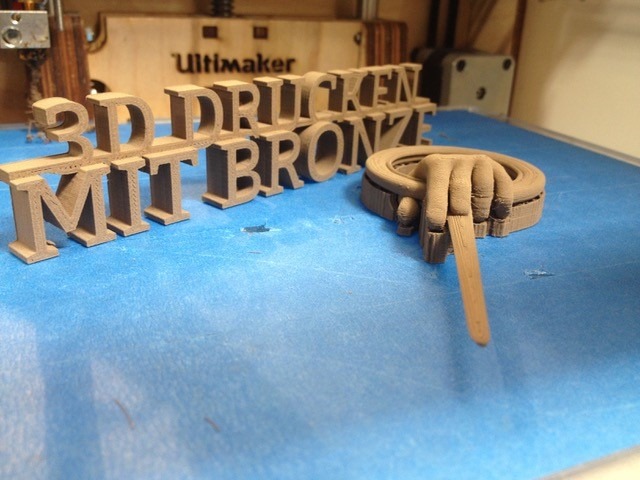
One of the first bronzeFill prints on the Ultimaker Original at Fabcon 2014. Translation from German: 3D Printing with Bronze
The uniqueness of this filament was not lost on our users. The announcement was made in May and we took in a lot of pre-orders. A lot. Finally, once we had produced the first batch and started shipping we were sold immediately.
bronzeFill has been a massive hit ever since that summer five years ago and the one that has been in backorder the most. It is one of those bestsellers which is almost constantly in production. Its continuous popularity is testament to its quality and to celebrate we have collected some of the most amazing prints that we have seen. Mind you, these are only a small collection of all the fantastic prints out there (click on the words “Original post” to go to the blog for more information).
Curious how you can post-process bronzeFill and our other metal filled filaments? Check out our collection of handy tutorials and examples here.
Steve Cox
Special mention goes to Steve Cox, who has proven himself to be one of the masters of bronzeFill. He has shared his excellent work over the years. Below a few examples (and we have one in the office as well!)
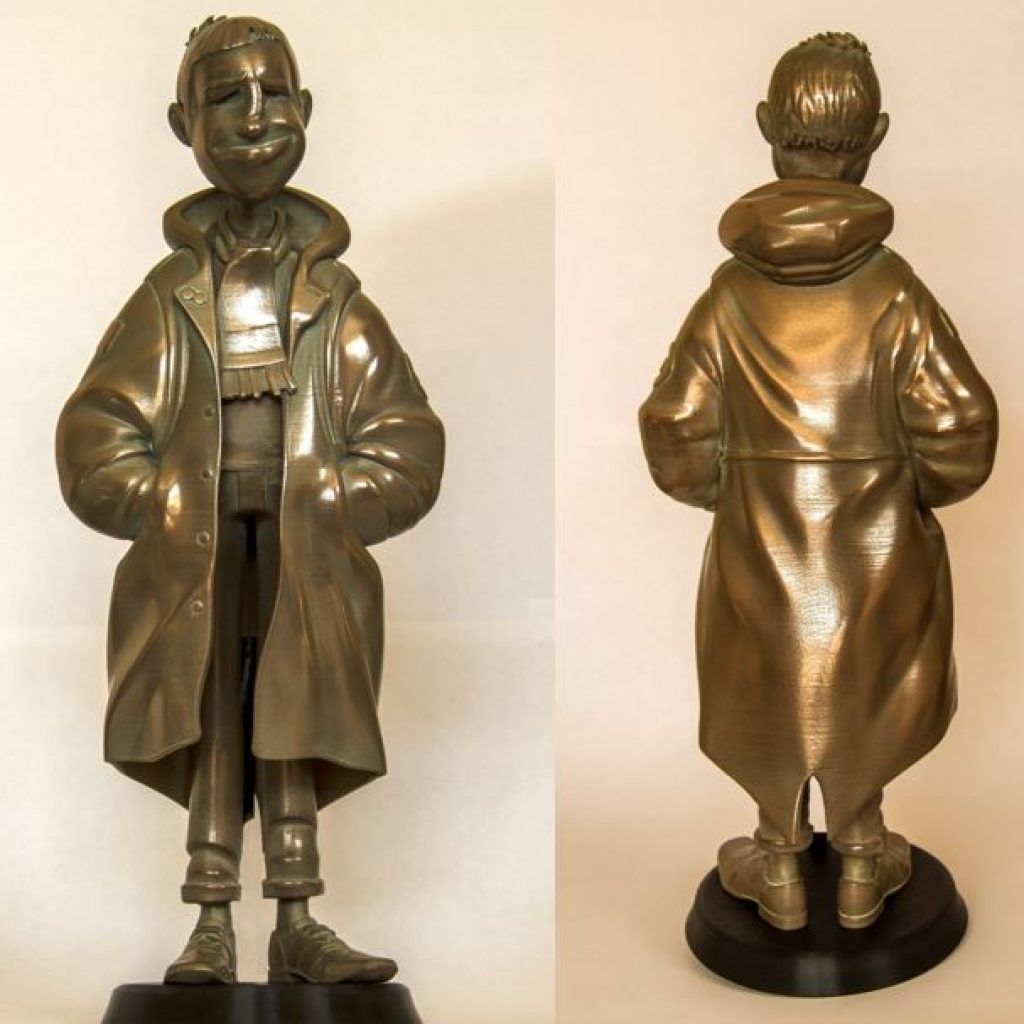
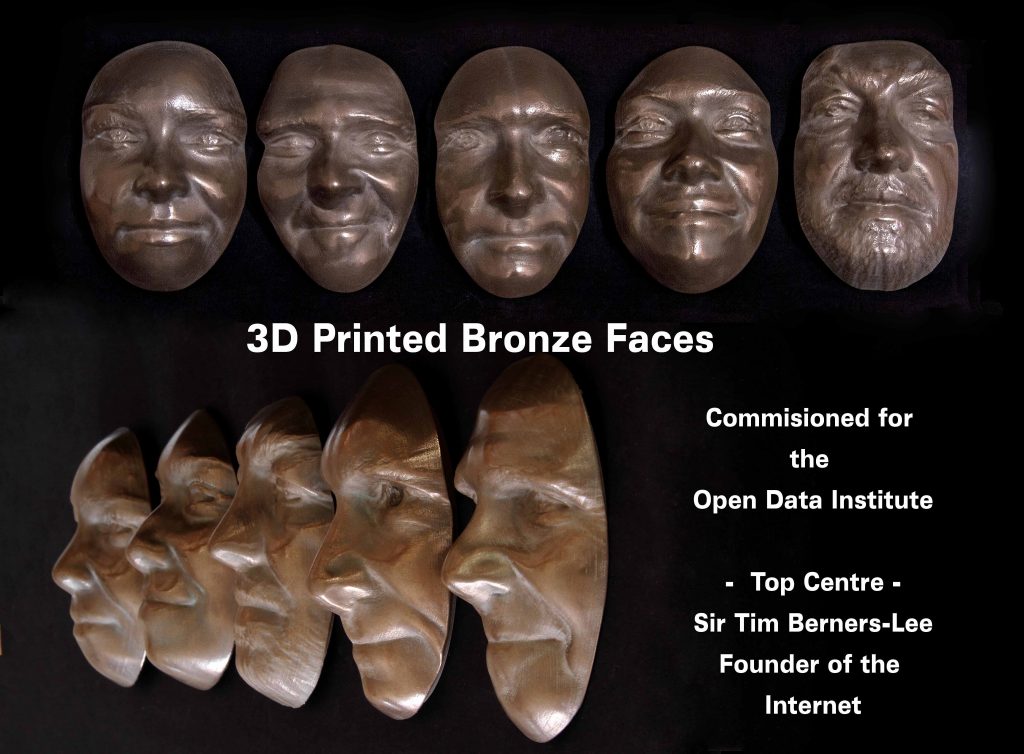
Awards
Our special filaments are ideally suited for special occasions, like awards. We have printed several ourselves and have seen quite a few popping up online. Below are our examples:
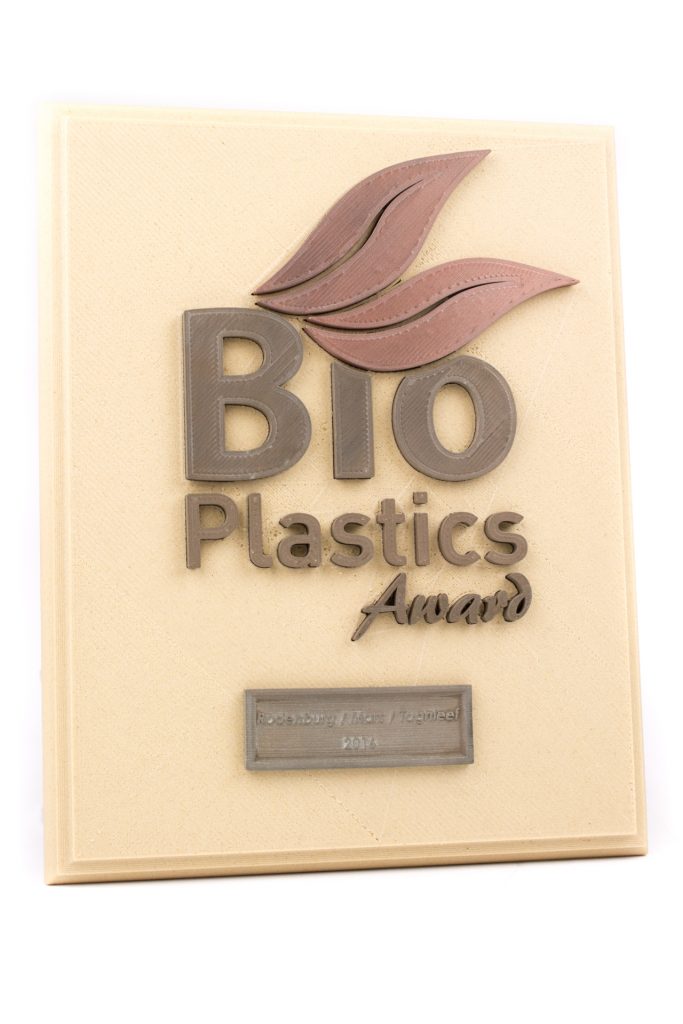
Bio Plastics Award Original post
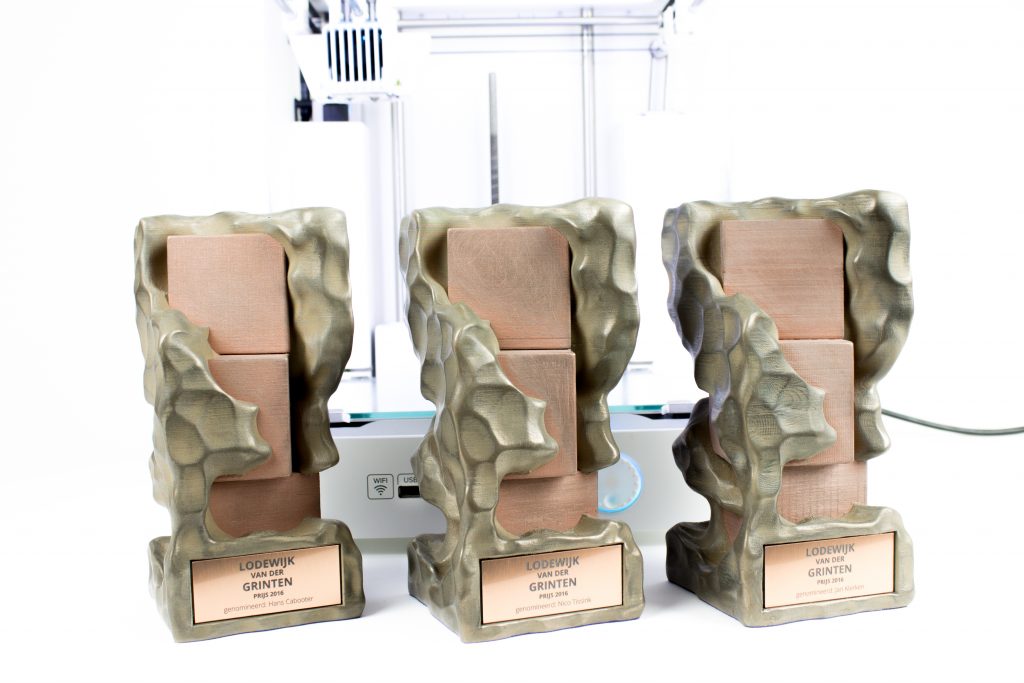
Lodewijk van der Grinten Prijs Original post
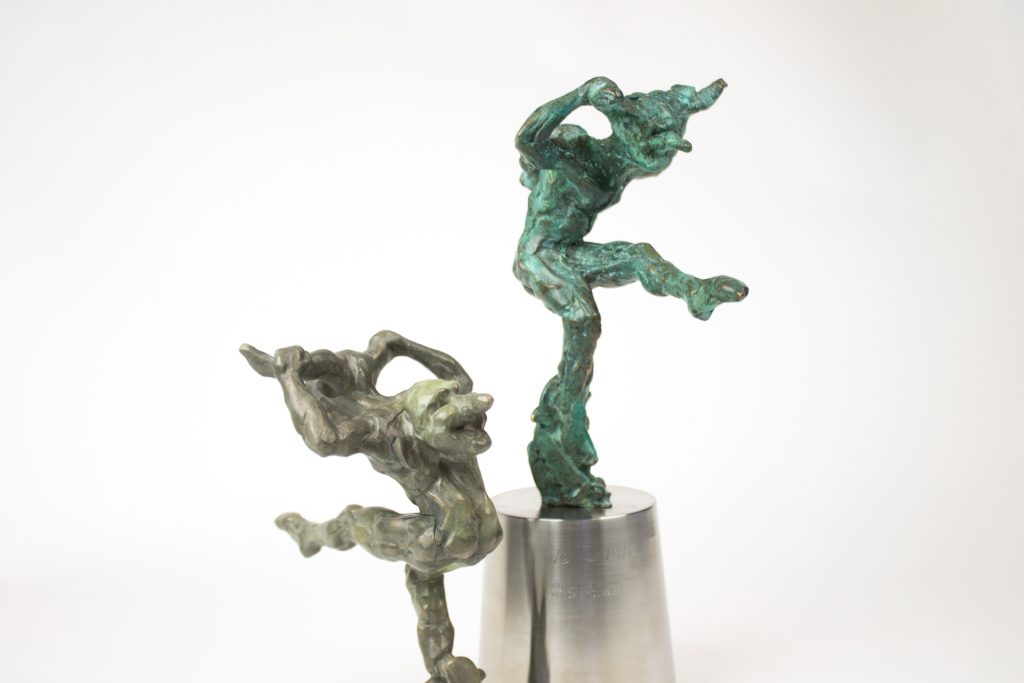
Scanned and printed carnaval statue Original post
Gifts
bronzeFill can also make terrific gifts. The extra weight gives that quality look and feel that normal plastics don’t have.
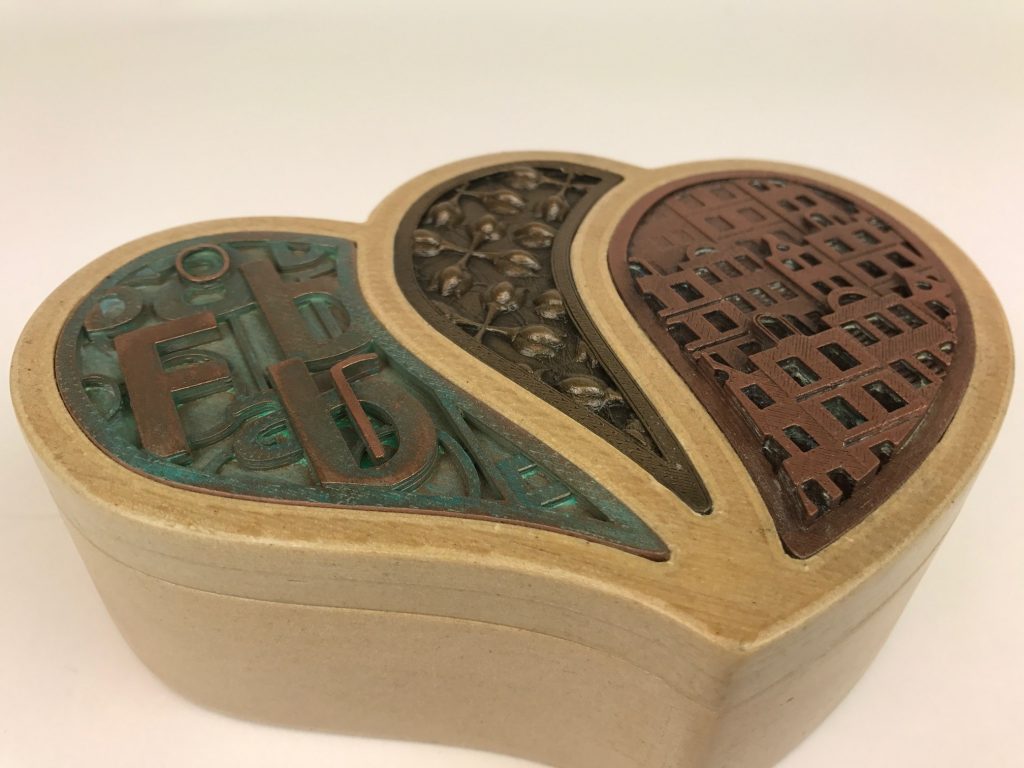
Tony Short’s amazing colorFabb themed gift box Original post
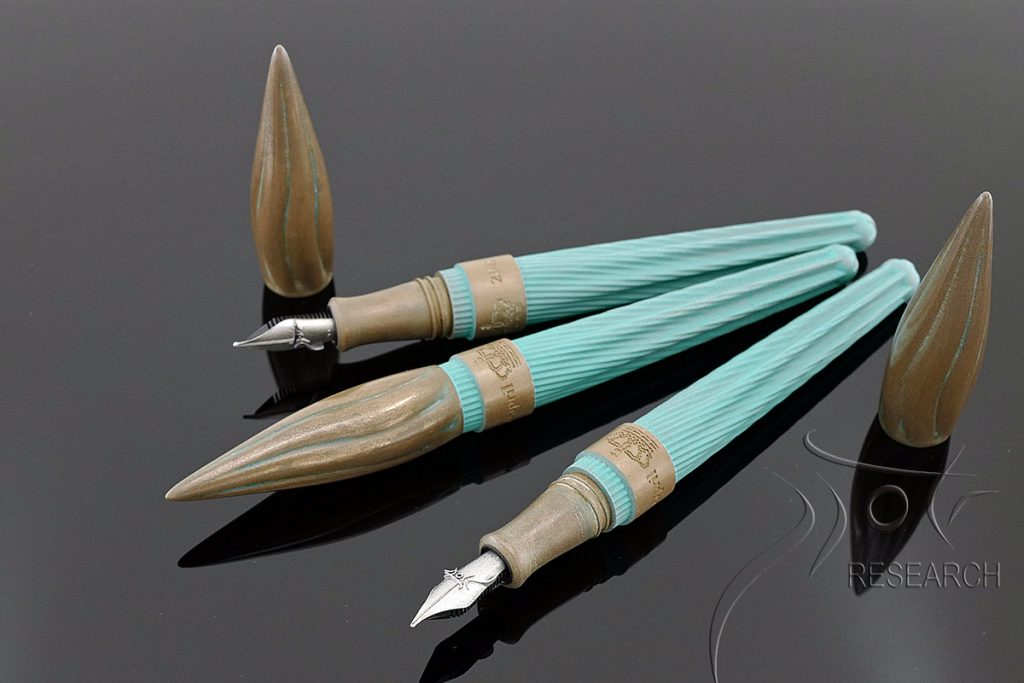
Rein van der Mast’s fountain pen Original post
“It belongs in a museum!”
Even museum pieces, replicas or just awesome prints can be made with bronzeFill.
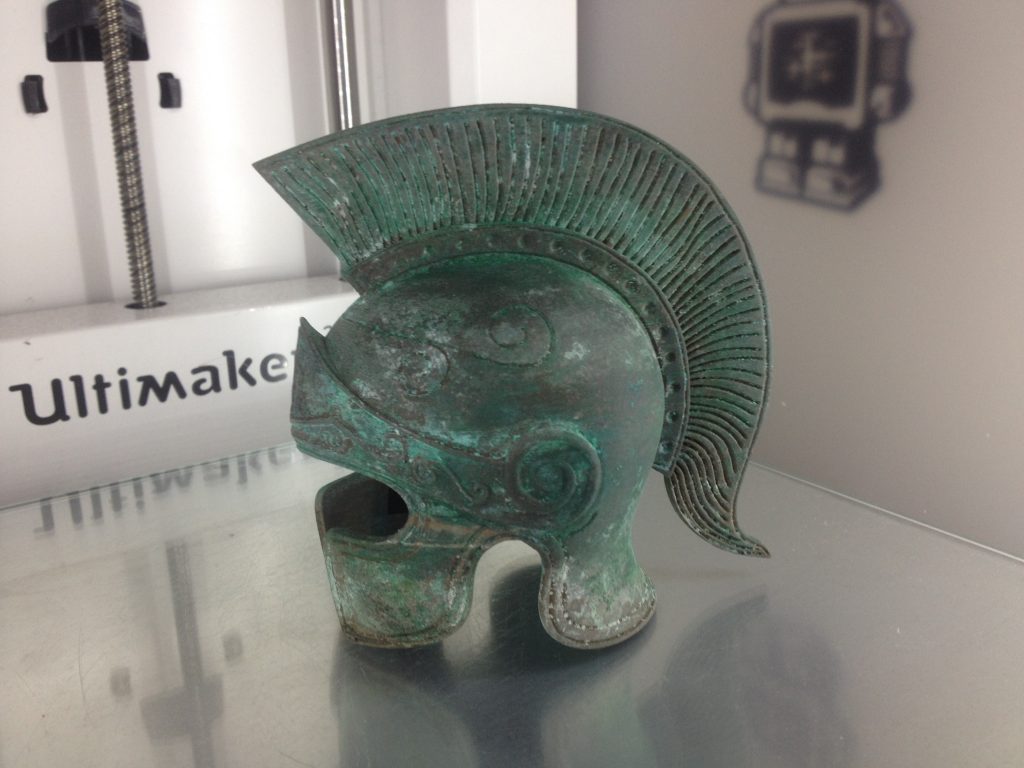
Andreas Mielonen’s ancient Greek helmet Original post
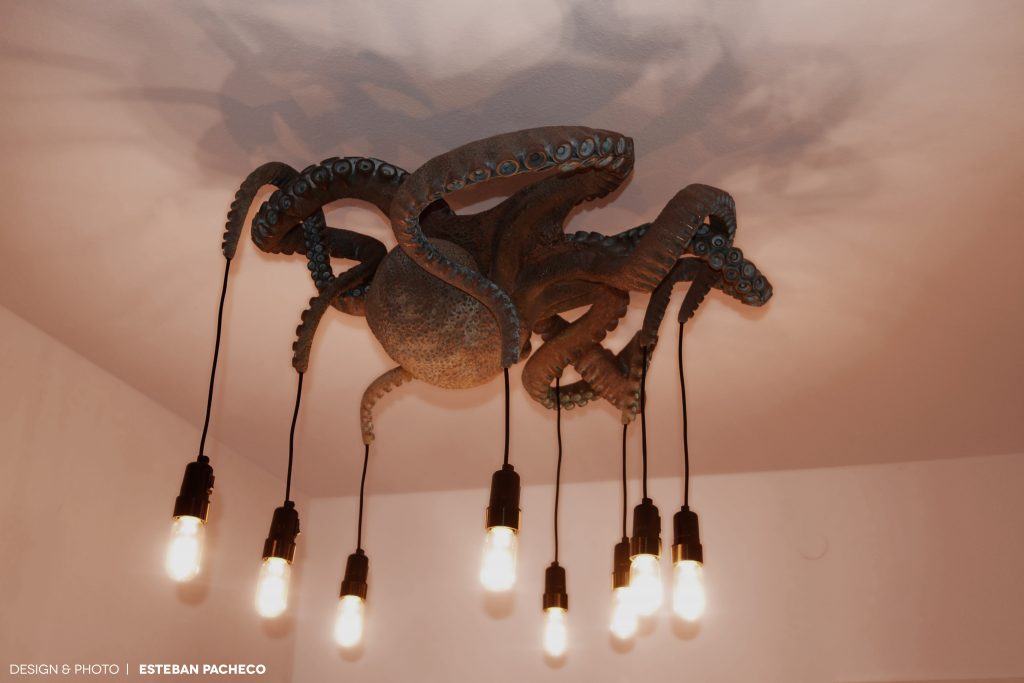
Esteban Pacheco’s epic Octolamp Original post
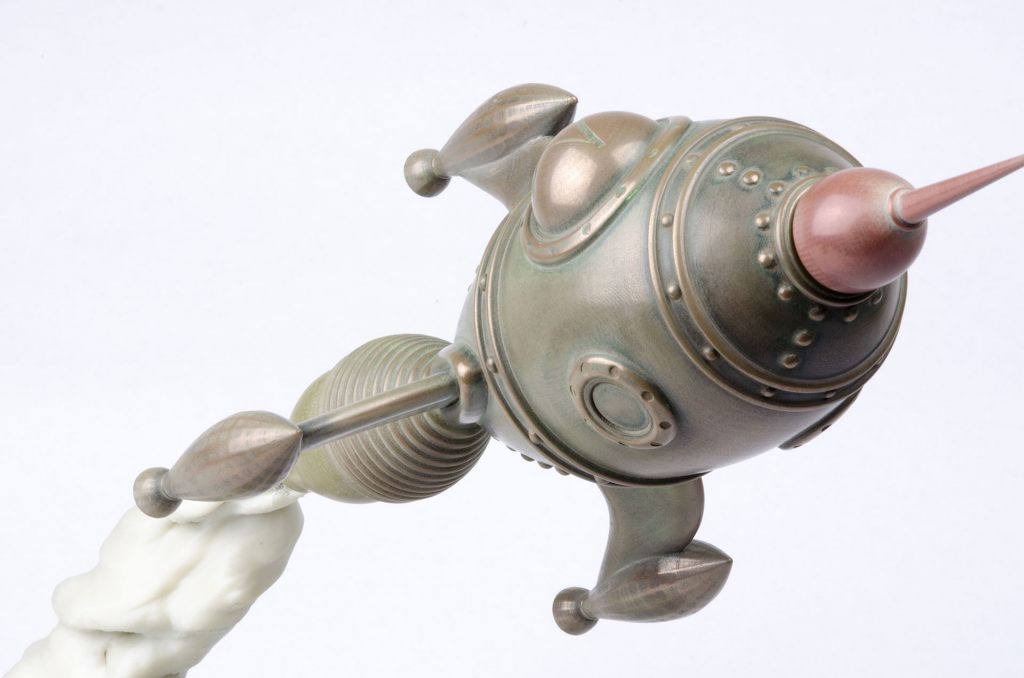
gCreate’s Rocket Ship Original post
This is by no means a complete listing of all the amazing prints we have seen, but only a short summary. It has been a fan favorite ever since its launch half a decade ago in 2014 and was followed by copperFill, brassFill (since discontinued) and steelFill in our special filament range.
bronzeFill ships daily, worldwide and from stock (mostly). Click on the image below to go directly to our webshop:
